- CDP is a global platform that helps companies, cities, and regions track and report environmental impacts
- Over 23,000 companies share detailed data, representing more than 66% of global market capital
- An annual questionnaire collects info on GHG emissions, risks, and reduction targets
- Disclosure scores help investors and businesses understand how well climate risks are managed
- Upcoming US rules will require CDP reporting for federal contractors, and Arbor’s tools simplify this process
What is the CDP (Carbon Disclosure Project)?
The Carbon Disclosure Project (CDP) is a globally recognized non-profit organization managing the world's largest environmental disclosure system for companies, cities, states, and regions. This platform enables these entities to manage and report their environmental impacts in a structured manner. The CDP aims to establish environmental reporting and risk management as standard business practice, promoting disclosure, deeper insights, and concrete actions toward a sustainable economy.
Since its inception, the CDP has grown significantly, with over 23,000 companies worldwide (representing more than 66% of global market capitalization) disclosing environmental data through CDP in 2023. CDP aims to make environmental reporting and risk management a business norm, encouraging disclosure, insight, and action toward a sustainable economy.
Who reports to CDP?
The spectrum of entities reporting to the CDP is broad and diverse, encompassing companies, cities, states, and regions across more than 90 countries. This voluntary reporting system attracts a growing number of participants annually, reflecting an increasing commitment to environmental transparency and accountability.
From 2021 to 2022, there was a 38% increase in reporting organizations, with over 18,700 companies representing half of the total global market capital—approximately $60.8 trillion—and 1,100 cities and governments disclosing their environmental performance.
The number of cities, states, regions, and companies voluntarily reporting to CDP has grown yearly. There are still roughly 29,500 companies that do not disclose to CDP but will be impacted by mandatory sustainability reporting requirements over the next three years. They represent a significant missing link worth an estimated $24.5 trillion.
CDP sustainability reporting criteria will soon be required for federal contractors in the United States to protect federal supply chains from climate risks and achieve the Biden Administration’s climate targets. It’s a significant move because the U.S. government is the world’s largest purchaser of goods and services, amounting to $630 billion in 2021.
The White House’s proposal for a Federal Supplier Climate Risks and Resilience Rule was announced at the 27th Conference of the Parties (COP) at the United Nations Framework Convention on Climate Change (UNFCCC) in Egypt. Effectively, this measure will require companies to align with Paris climate targets.
While roughly half of federal contractors currently report to CDP, a new rule will make CDP reporting mandatory to fulfill federal contracts. Contractors will have to report their environmental information, scope 1 and 2 greenhouse gas emissions and specific categories of their scope three emissions via CDP and create science-based targets for emissions reductions.
How does the CDP work?
The CDP operates through an annual cycle of questionnaires and reporting, guiding companies, cities, states, and regions in measuring, managing, and disclosing their environmental data. The CDP releases guidance on its Online Response System (ORS) questionnaires every January. Generally, the ORS is open for companies to input data and metrics in April.
By late July, specific due dates are industry-dependent, and companies must submit responses through the ORS for inclusion in that year’s reports. The data collected is then used to generate Carbon Disclosure Ratings, ranging from A to F, which help investors incorporate environmental, social, and governance (ESG) indicators into their investment portfolios and sustainable investment strategies.
- Annual Questionnaire: CDP administers an annual Climate Change Questionnaire that companies fill out through an online response system. This questionnaire asks companies to report in detail on climate-related governance, strategy, risk management, targets, and metrics – mirroring the core pillars of the TCFD (Task Force on Climate-related Financial Disclosures) framework.
- GHG Emissions (Scope 1, 2, 3): Following the GHG Protocol methodology, Companies quantify their direct and indirect emissions from energy and value chains. CDP requires breakdowns of Scope 1, Scope 2, and Scope 3 emissions and encourages third-party verification of these figures.
- Climate Risks & Opportunities: Companies describe climate-related risks (physical risks like extreme weather and transition risks like carbon pricing) and opportunities (e.g. new low-carbon products) and how these are identified and managed. Scenario analysis is often part of this section to assess resilience under different climate scenarios (aligned with TCFD recommendations).
- Governance & Strategy: The questionnaire asks about board and management oversight of climate issues, integration of climate considerations into business strategy, and the existence of climate transition plans. Organizations outline any emissions reduction targets (e.g. net-zero goals, science-based targets) and progress toward them.
- Metrics & Targets: Beyond emissions, companies report on metrics such as energy use, renewable energy share, carbon pricing use, and any climate-related financial metrics. They also provide details on targets (emission reduction targets, renewable energy goals, etc.) and progress to date.
CDP’s Module 7: Environmental Performance – Climate Change
Scope 3 emissions, often the most challenging to measure and manage, are a critical focus of the CDP Climate Change Questionnaire. These emissions encompass all indirect emissions that occur in a company's upstream and downstream value chain.
Module 7 of the CDP questionnaire delves into Scope 3 emissions, requiring companies to report on various categories, such as:
- Purchased goods and services
- Capital goods
- Fuel and energy-related activities
- Upstream transportation and distribution
- Waste generated in operations
- Business travel
- Employee commuting
- Upstream leased assets
- Downstream transportation and distribution
- Processing of sold products
- Use of sold products
- End-of-life treatment of sold products
- Downstream leased assets
- Franchises and
- Investments
Specifically, in 2024, CDP introduced a new SME-dedicated questionnaire, recognizing the unique position of small and medium enterprises (SMEs) in the global economy. SMEs, which account for 90% of all businesses, often fall outside the thresholds for mandatory sustainability reporting. The new SME questionnaire is designed to simplify the reporting process for these smaller entities.
The SME questionnaire is abbreviated to exclude some extraneous data points that are more applicable to larger companies. However, it will still include indicators on forests and water while specifying climate-related indicators. The SME questionnaire will be non-sector-specific but will encourage SMEs to consider their risk and climate impacts.
The difference between a minus grade and a full letter grade depends on the level of engagement or awareness across different indicators:
- Leadership (A and A-): These companies show environmental leadership and report on climate, forests, and water indicators. They develop climate and environmental transition plans, consider environmental risks associated with their supply chains, and align with the TCFD, Science Based Targets Initiative, Sustainable Development Goals (SDGs), and other ESG reporting frameworks.
- Management (B and B-): These companies address environmental impacts in their business but aren’t taking actions that would make them industry leaders.
- Awareness (C and C-): This measure shows how comprehensive a company’s self-evaluation is regarding activities and operations that impact people and ecosystems.
- Disclosure (D and D-): These companies answered every question but have not yet achieved core environmental indicators.
- Failure (F): This shows a failure to provide sufficient information for evaluation. Typically, these companies failed to answer every question or received requests to offer questionnaire responses but didn’t.

What are the CDP disclosure requirements?
CDP questionnaires vary by industry, company size, and additional CDP commitments companies and governmental entities choose to respond to. They align with the Task Force on Climate-related Financial Disclosures (TCFD), requiring reporting on sustainable and environmental finance and climate risks associated with finances for companies and governments.
Most entities share climate information, but companies can also provide additional information on water, forests, and supply chain criteria.
- Climate: Companies share information about how they address climate impacts, risk, emissions management, and decarbonization opportunities.
- Water: Roughly 50% of large corporate buyers are now engaging their supply chain on water issues.
- Forests: Companies can elect to share what they do to verify and manage forest commodities and identify supply chain risks associated with deforestation.
- Supply Chains: These criteria allow companies that are part of the supply chain of other companies to identify climate risks, decarbonization opportunities, and scope 1, 2, and 3 emissions.
For the 2024 CDP Questionnaire, companies will be prompted to include responses on these additional thematic areas based on their sector. CDP scores will continue to be released across the themes of climate, forests, and water, but companies can comply through a single report.
While there will be questions on the new thematic areas of biodiversity and plastics via the climate questionnaire, respondents won’t get scores for biodiversity and plastics yet. Questions on forests and water will largely depend on how relevant these themes are based on a company’s sector and previous responses.
The new CDP questionnaire will rely on the CDP’s Activity Classification System (CDP-ACS) Methodology—the same scoring methodology CDP uses to identify reporting requests. From 2024, it will also be used to connect companies to the specific themes and indicators for reporting, illustrating how aspects of the report are integrated with other environmental issue thematic areas within the questionnaire.
Why retailers require suppliers to submit to CDP
Retailers increasingly require their suppliers to submit to the CDP better to understand their supply chain emissions and environmental impacts. Several factors, including growing consumer awareness of sustainability issues, pressure from investors, and regulatory requirements, drive this demand.
Retailers recognize that their carbon footprint extends far beyond their direct operations and that they are responsible for addressing the environmental impacts of their entire value chain.
On average, 75% of a company’s emissions originate from their Scope 3 activities, and 95% of disclosure users confirmed that having access to Scope 3 emission data is very useful for decision-making. Nearly 90% of preparers even expressed support for including these disclosures. This widespread backing signals that both investors and buyers see value in suppliers sharing detailed emissions data through platforms like CDP.
How Arbor can help with CDP
Arbor’s platform makes CDP reporting simple from start to sign-off. Our team runs a gap check, organizes data, and auto-calculates Scope 1, 2, and 3, the data you need to complete a CDP report. Key CDP modules are automated for organizations to prepare CDP disclosures, saving time and reducing risk
Why companies trust us
- Master Module 6 & 7: GHG Protocol-aligned engine delivers verified Scope 1, 2, 3 numbers and an audit trail.
- Expert-led support: Have an expert partner guide you through Modules 1-5 and 8-13.
- One transparent price: No surprise bills.
Ready to file faster?
Talk to a carbon expert and see how quickly Arbor can support your next CDP report. Learn more about CDP reporting with Arbor.
Summary
The Carbon Disclosure Project (CDP) serves as a pivotal platform for companies, cities, states, and regions to report on their environmental impacts and sustainability initiatives. This globally recognized nonprofit organization provides a structured framework for measuring, managing, and disclosing environmental data, enabling entities to make informed decisions and drive action toward a sustainable economy.
By aligning with the TCFD and integrating with various sustainability frameworks and regulatory standards, the CDP ensures that reporting entities adhere to best practices and contribute to a more sustainable future. As regulatory pressures and stakeholder expectations continue to rise, the CDP remains essential for organizations seeking to demonstrate their commitment to environmental stewardship and transparency.
Measure your carbon emissions with Arbor
Simple, easy carbon accounting.
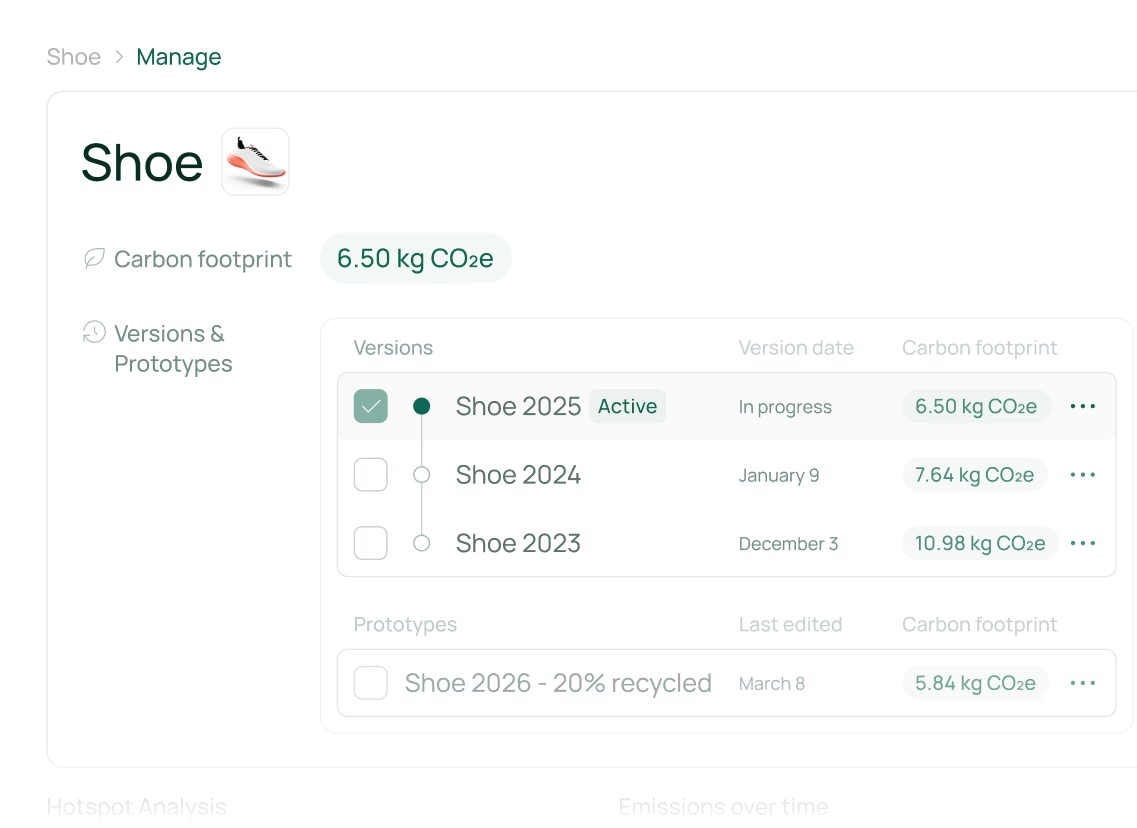
FAQ about the Carbon Disclosure Project
What does CDP stand for?
The acronym “CDP” stands for the Carbon Disclosure Project.
What is the Carbon Disclosure Project for?
The Carbon Disclosure Project is a global non-profit organization that runs the world’s largest environmental disclosure system, enabling companies, cities, states, and regions to manage their environmental impacts.
What is the carbon disclosure project?
The Carbon Disclosure Project (CDP) is an international non-profit that helps entities disclose their environmental impact, aiming to make environmental reporting and risk management a business norm.
How does a carbon disclosure project work
The Carbon Disclosure Project collects self-reported environmental data from companies, cities, states, and regions through annual questionnaires, which are then scored and made available to investors and stakeholders.
What is the CDP carbon disclosure project?
CDP (formerly the Carbon Disclosure Project) is a global environmental disclosure and reporting platform.
What is the carbon disclosure project?
The Carbon Disclosure Project (CDP) is a not-for-profit charity providing a platform for all suppliers to manage their environmental impacts. It is considered the gold standard for corporate environmental reporting.
How the carbon disclosure project works
The Carbon Disclosure Project collects annual environmental disclosures from organizations, assesses their responses, and provides scores that benchmark their environmental performance and transparency.
How many businesses are in the carbon disclosure project
In 2022, nearly 18,700 organizations disclosed environmental information through the Carbon Disclosure Project.
What does the carbon disclosure project do
The Carbon Disclosure Project aims to make environmental reporting and risk management a business norm. It drives disclosure, insight, and action toward a sustainable economy by helping companies, cities, states, and regions disclose and manage their environmental impact. Use code with caution.


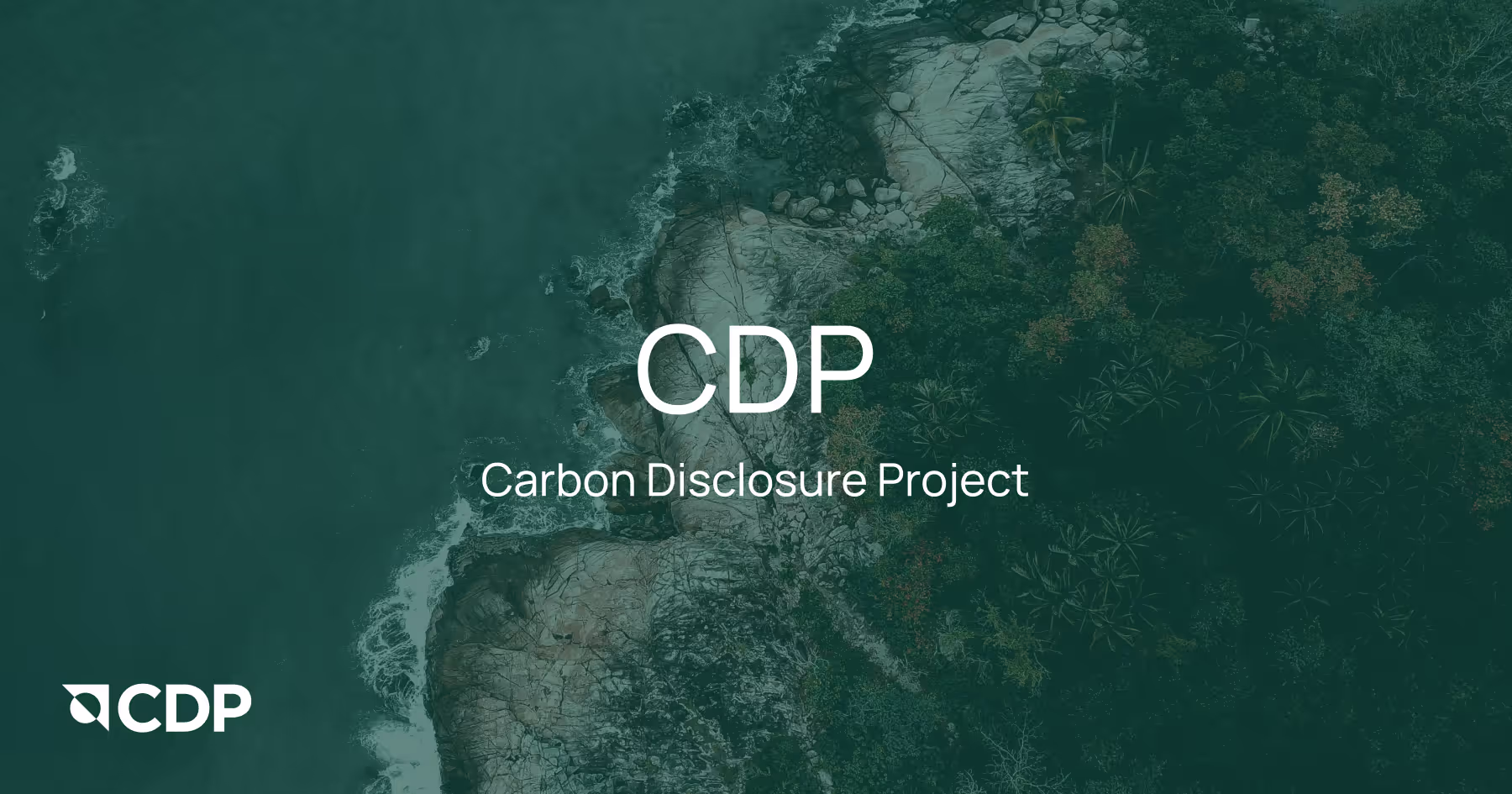
.webp)
%20Directive.webp)


.webp)
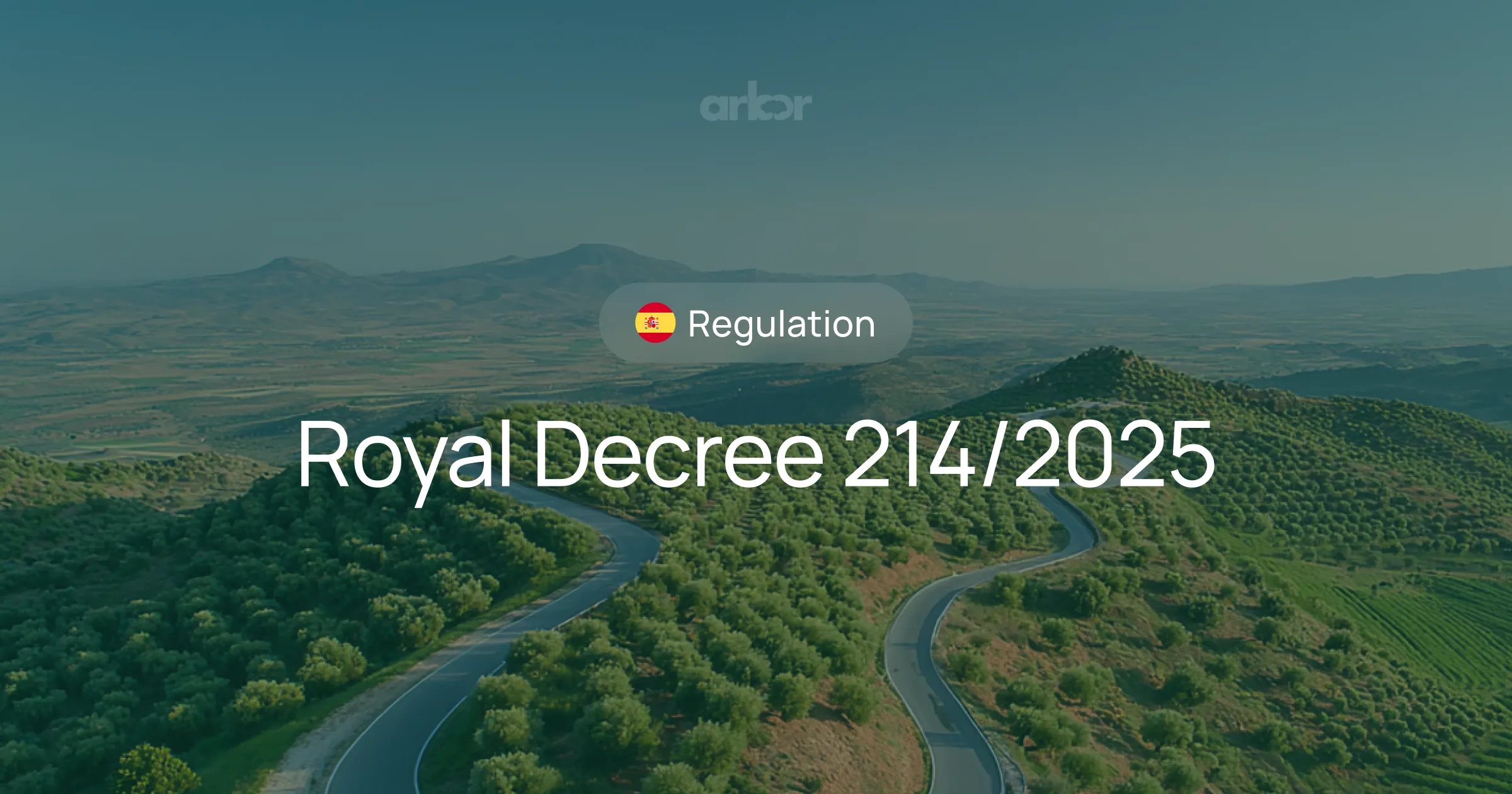
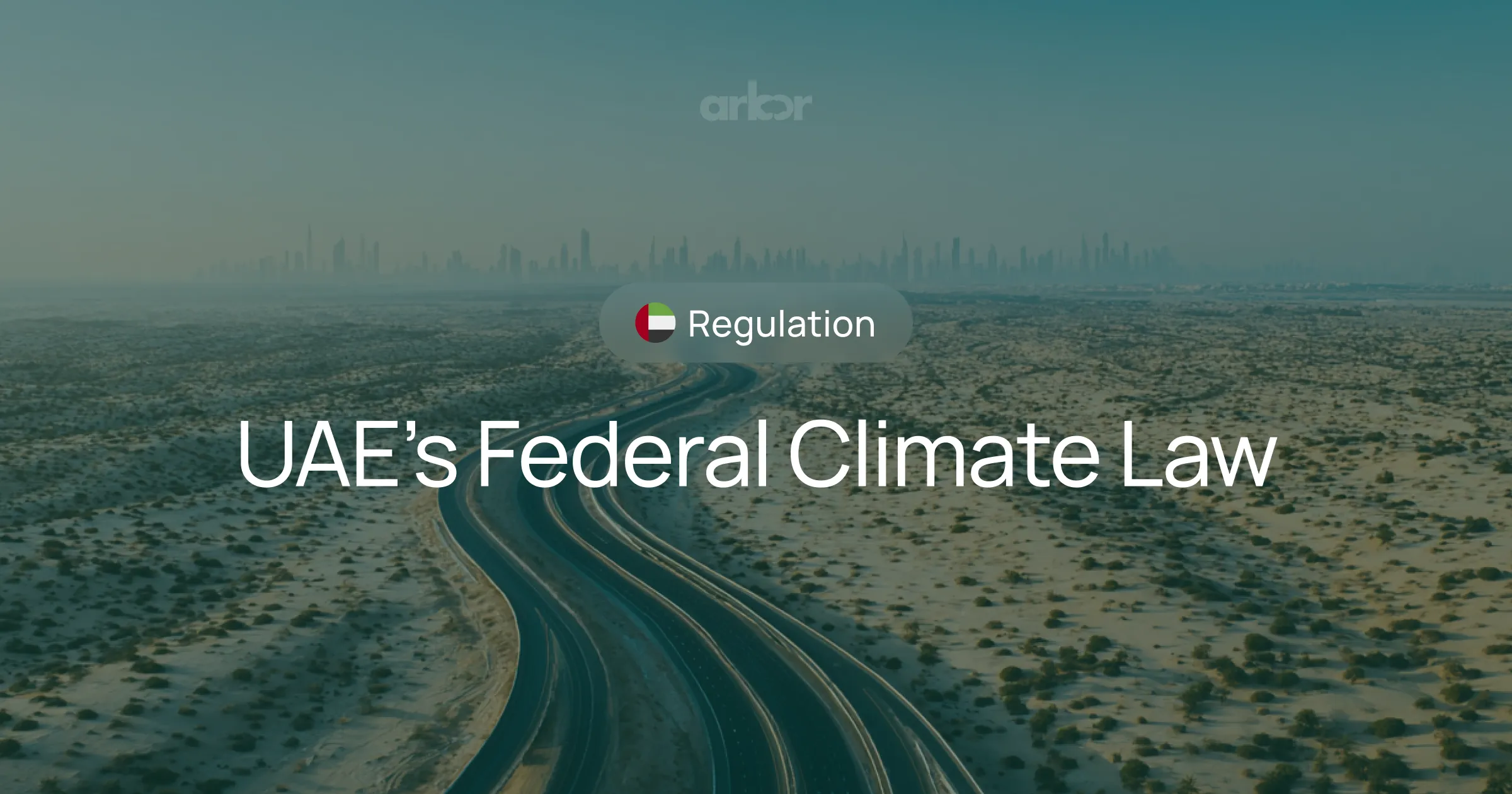
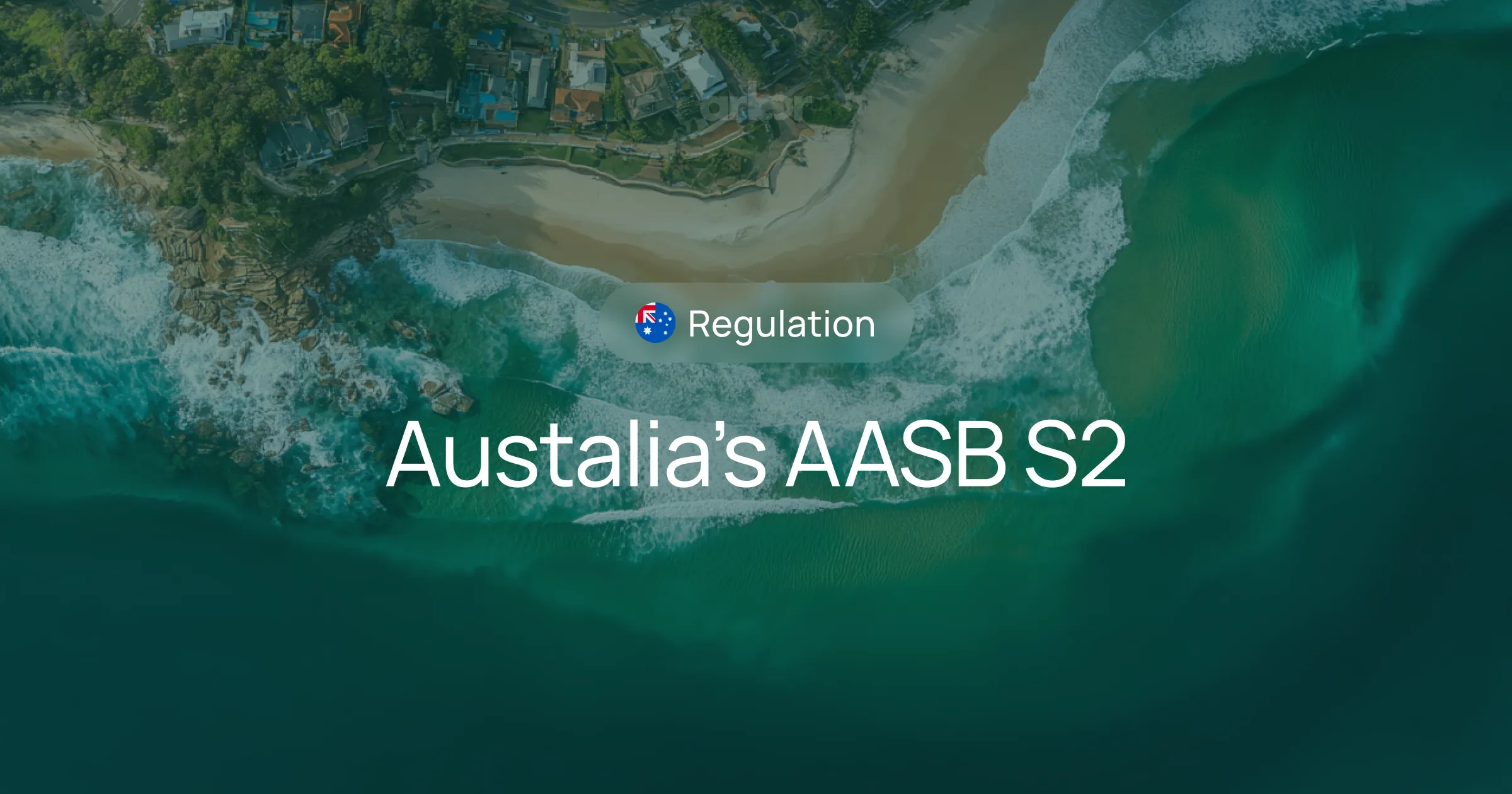
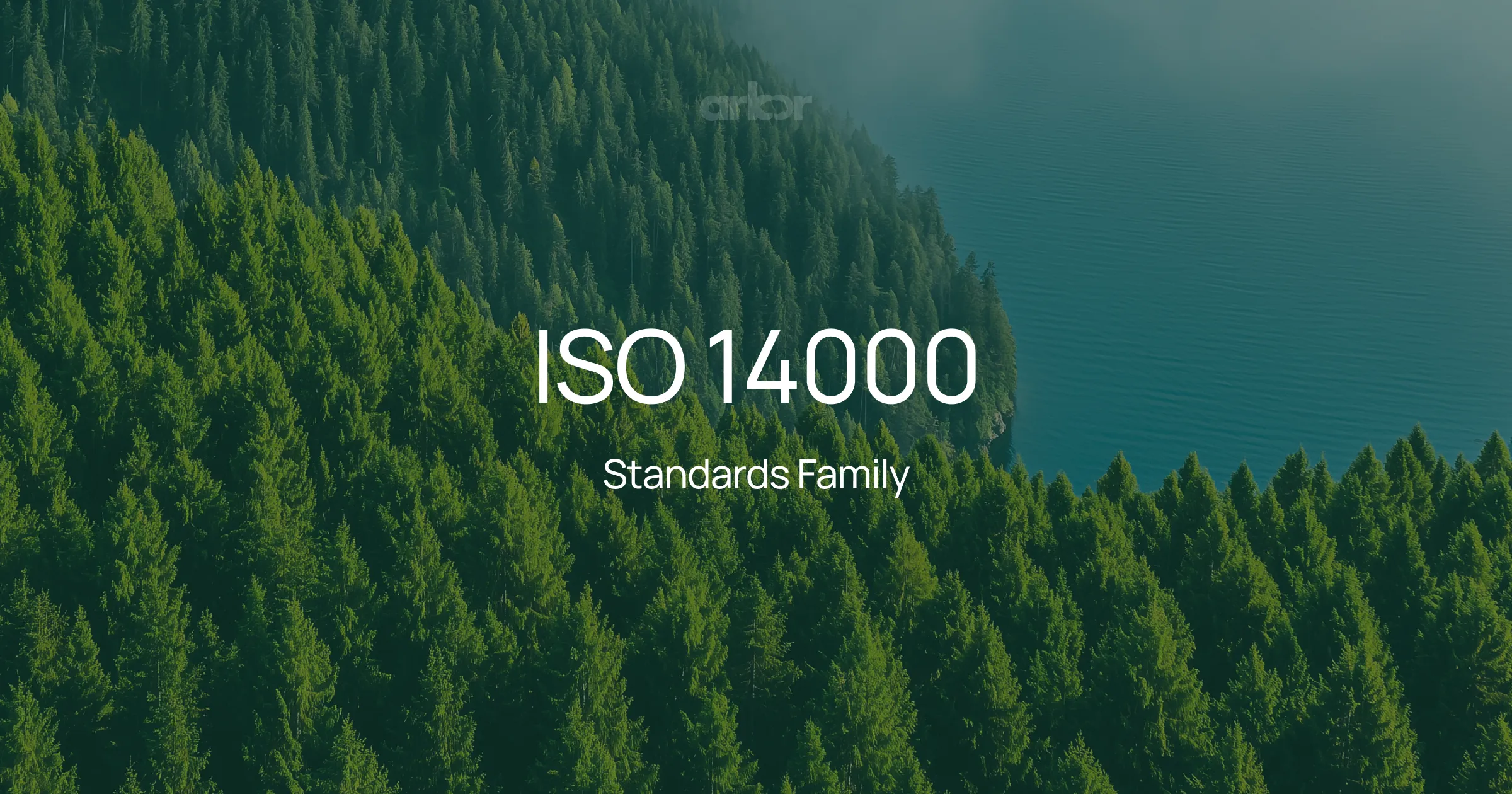
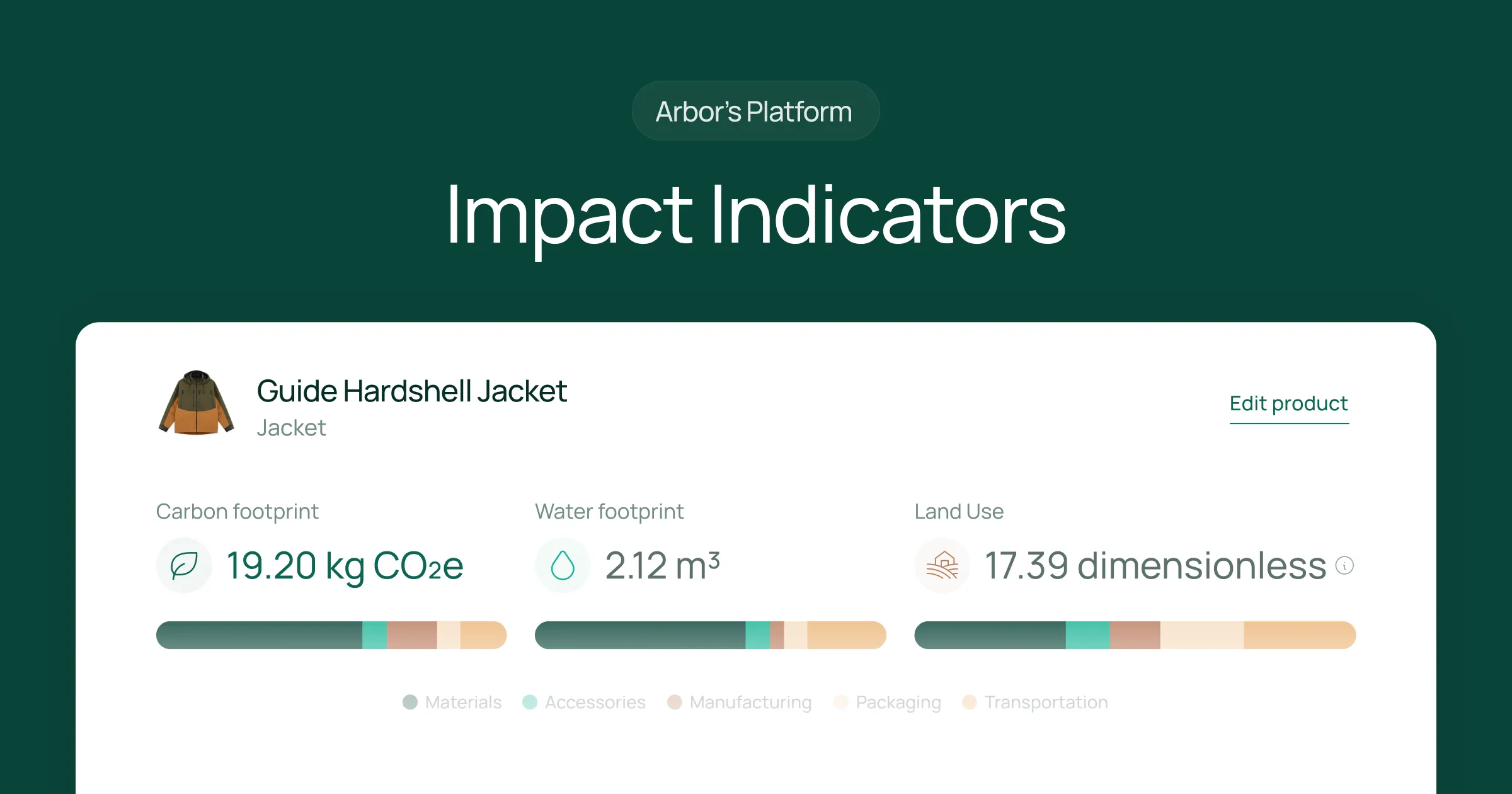
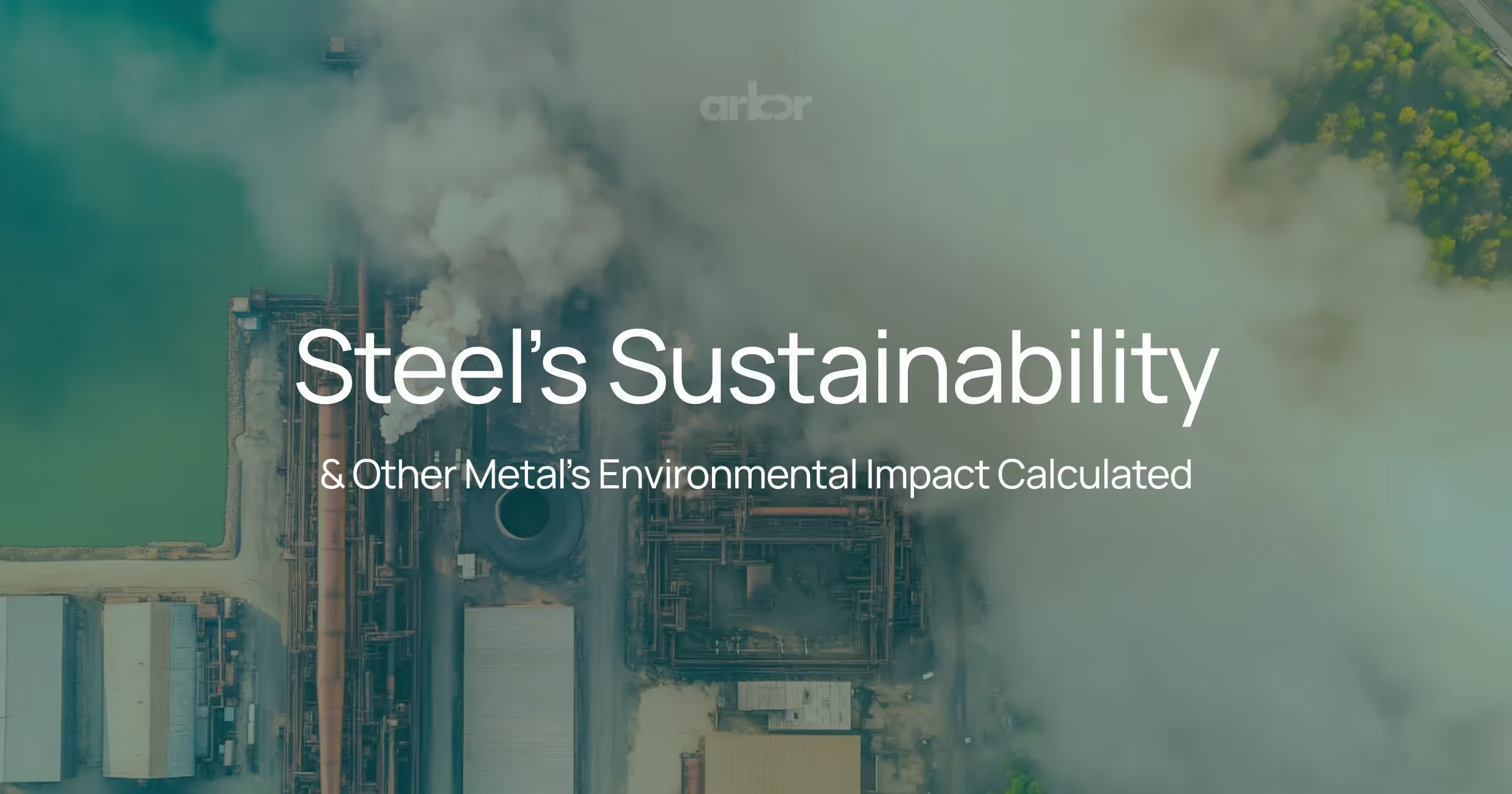

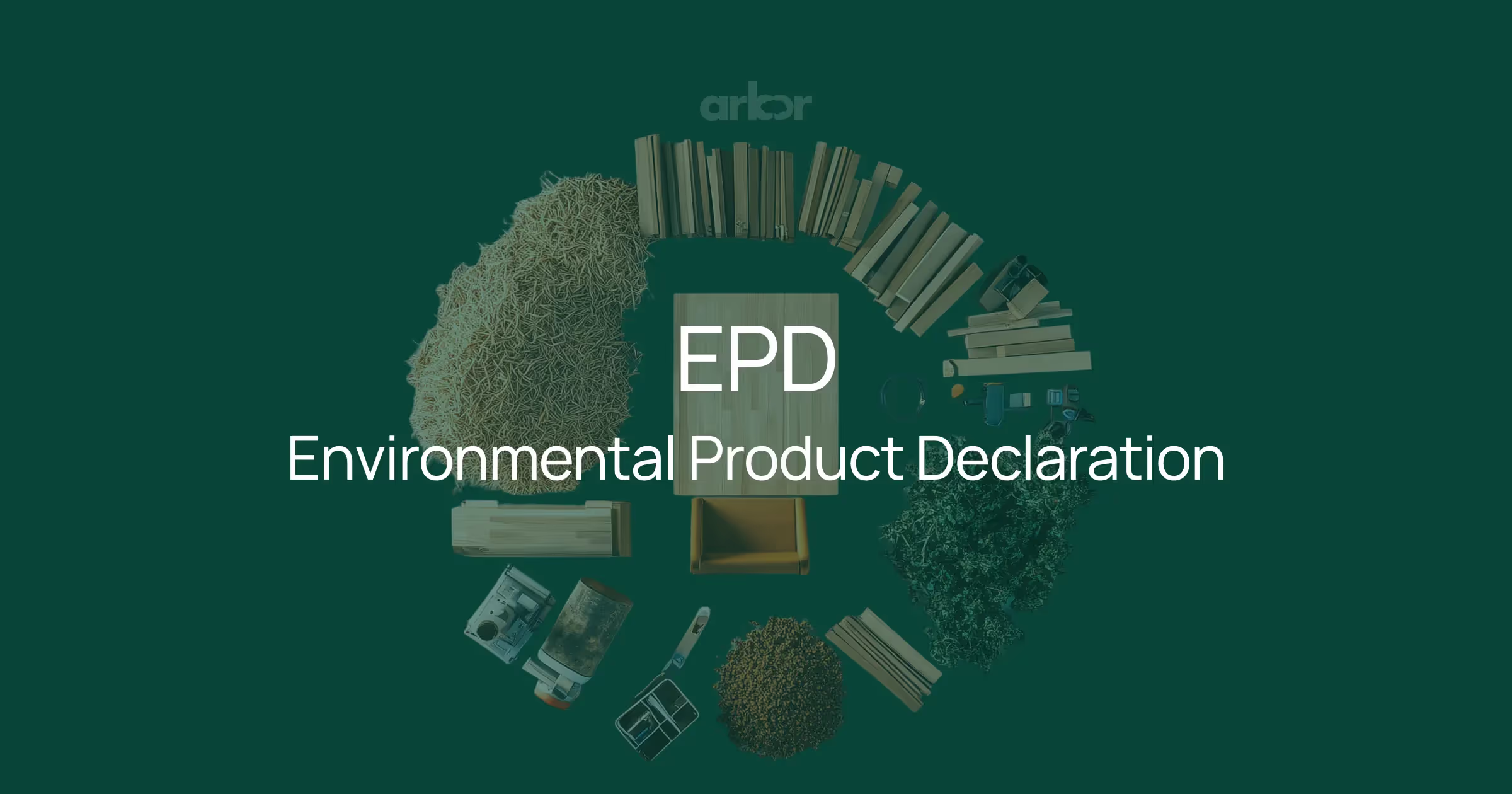
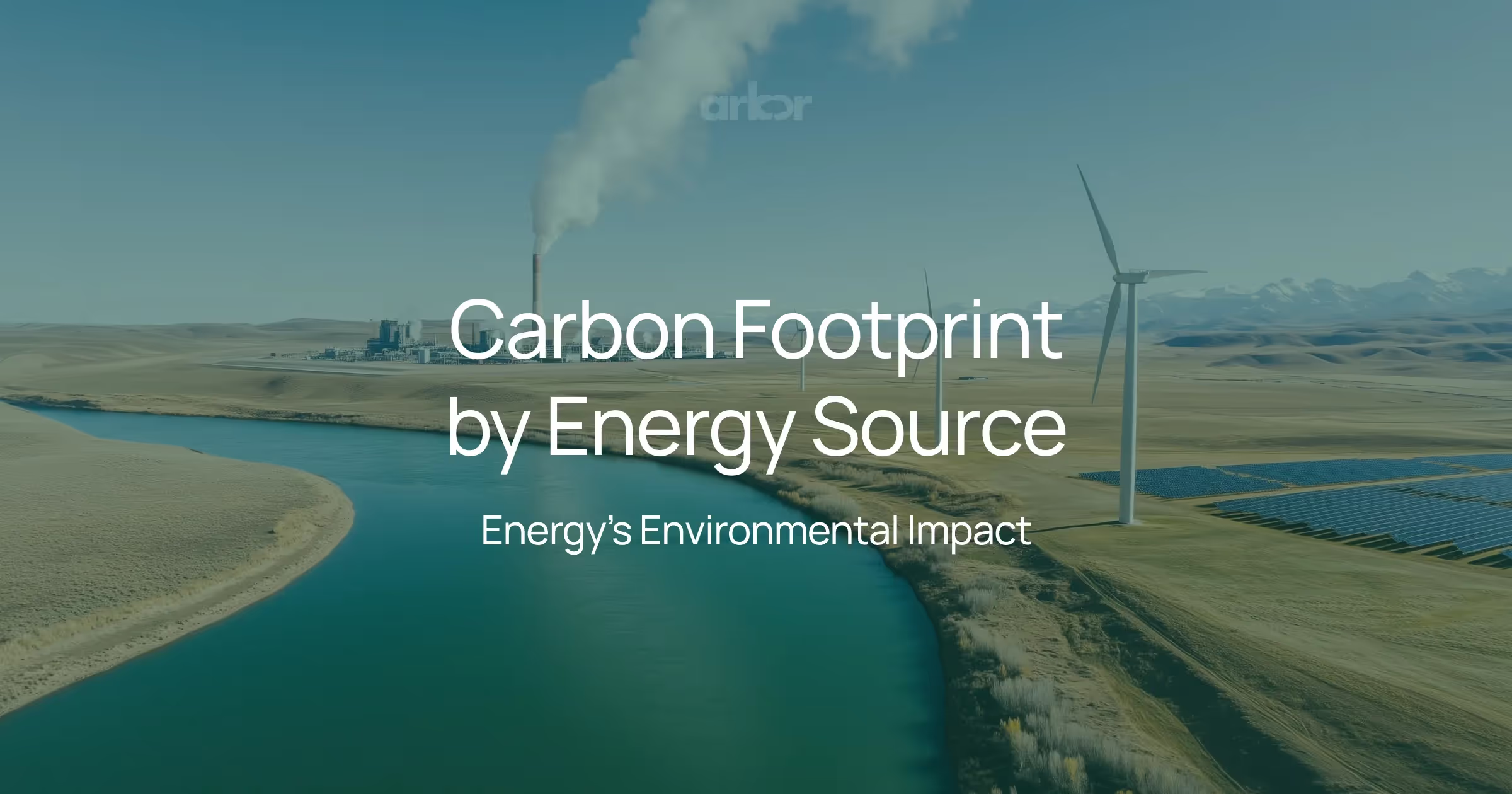
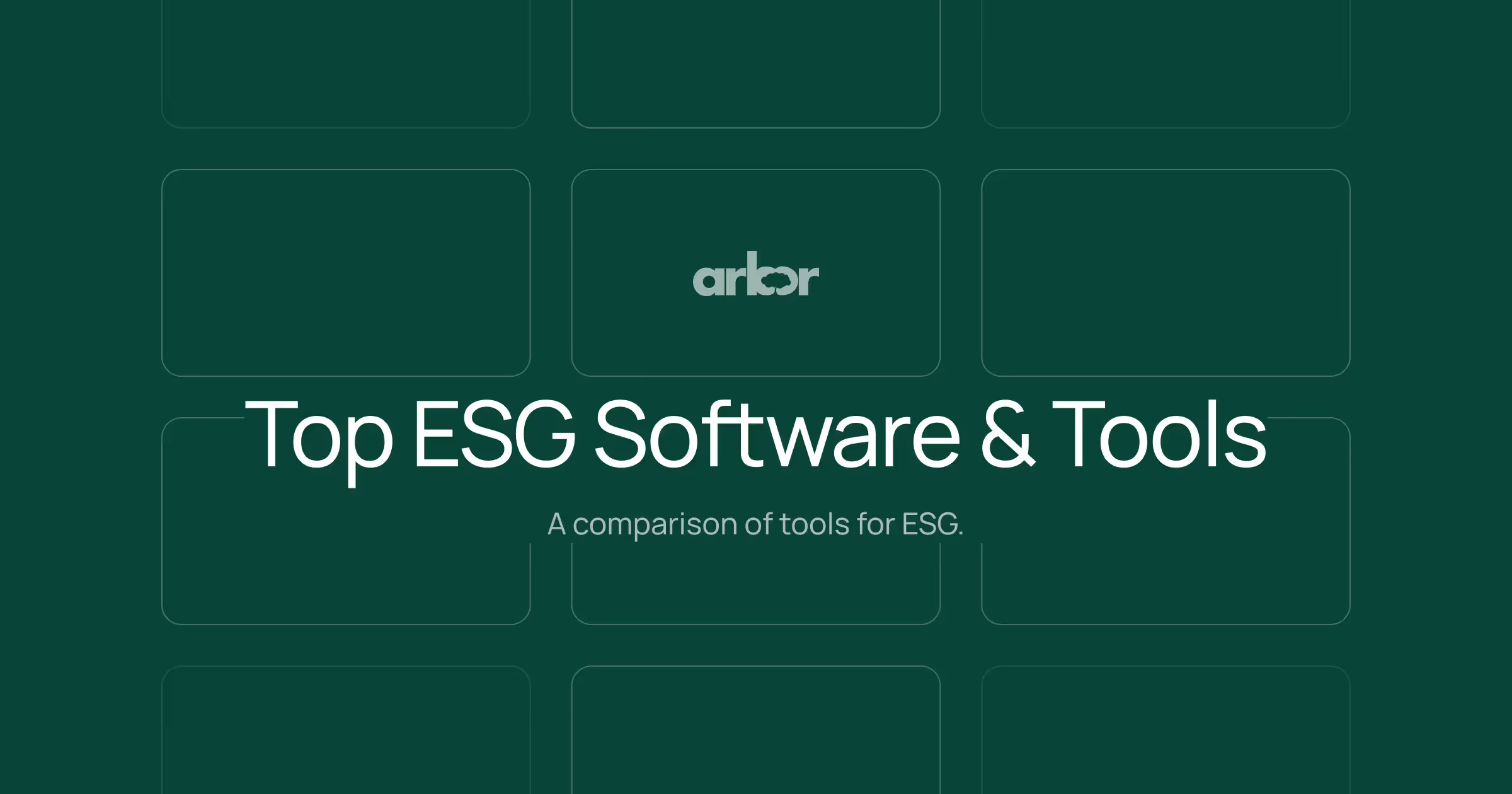
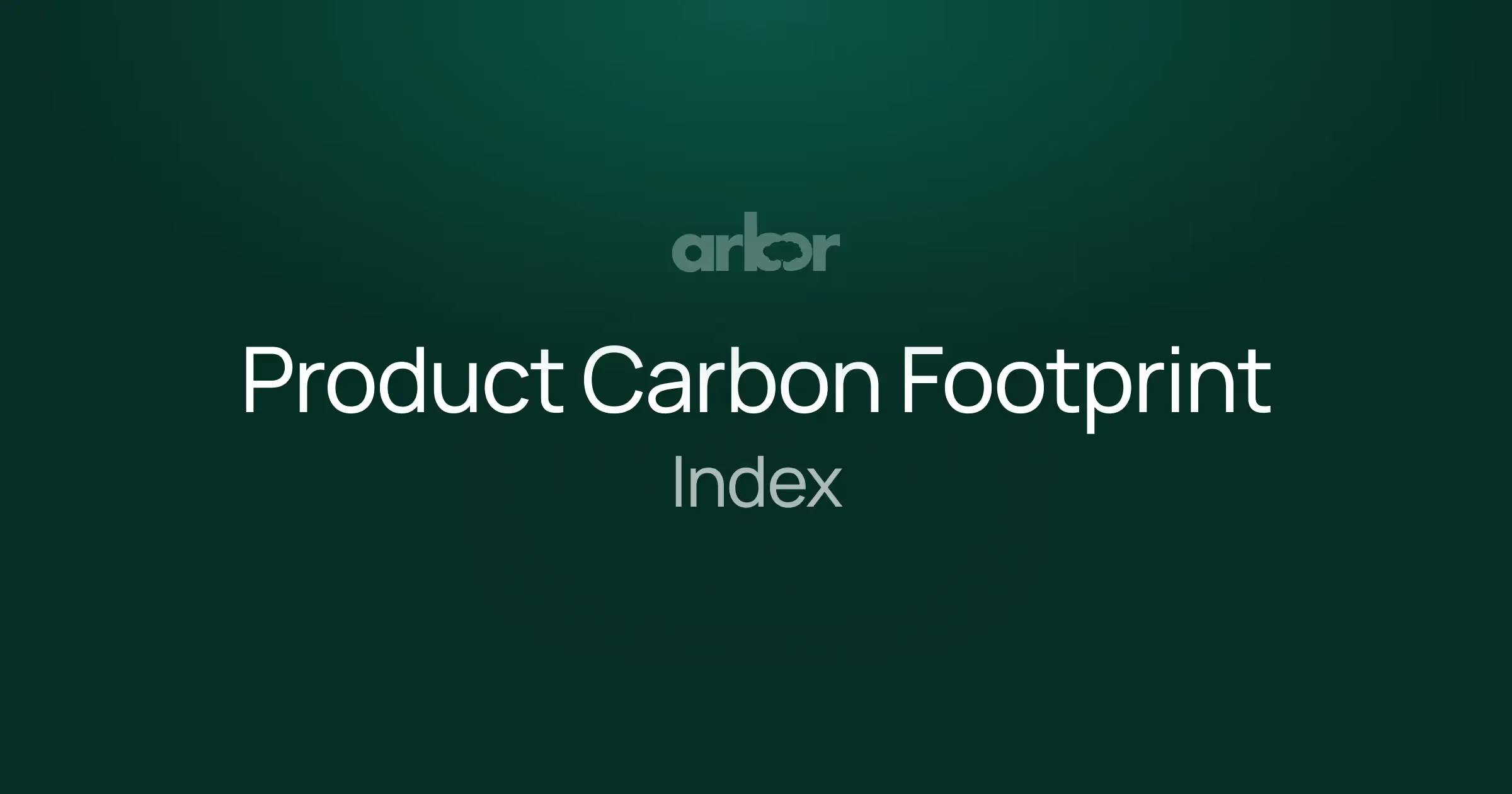
%20Arbor.avif)
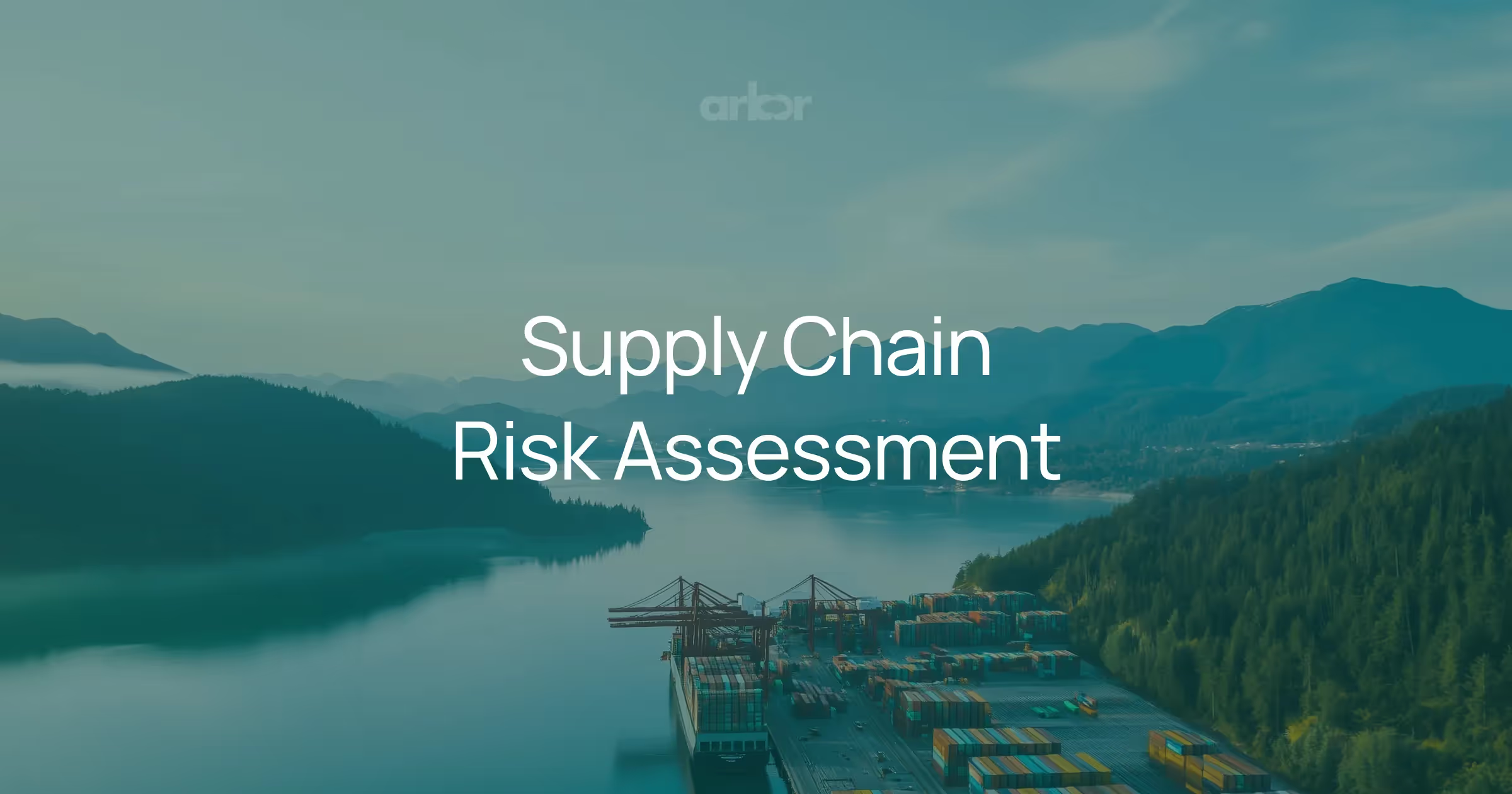
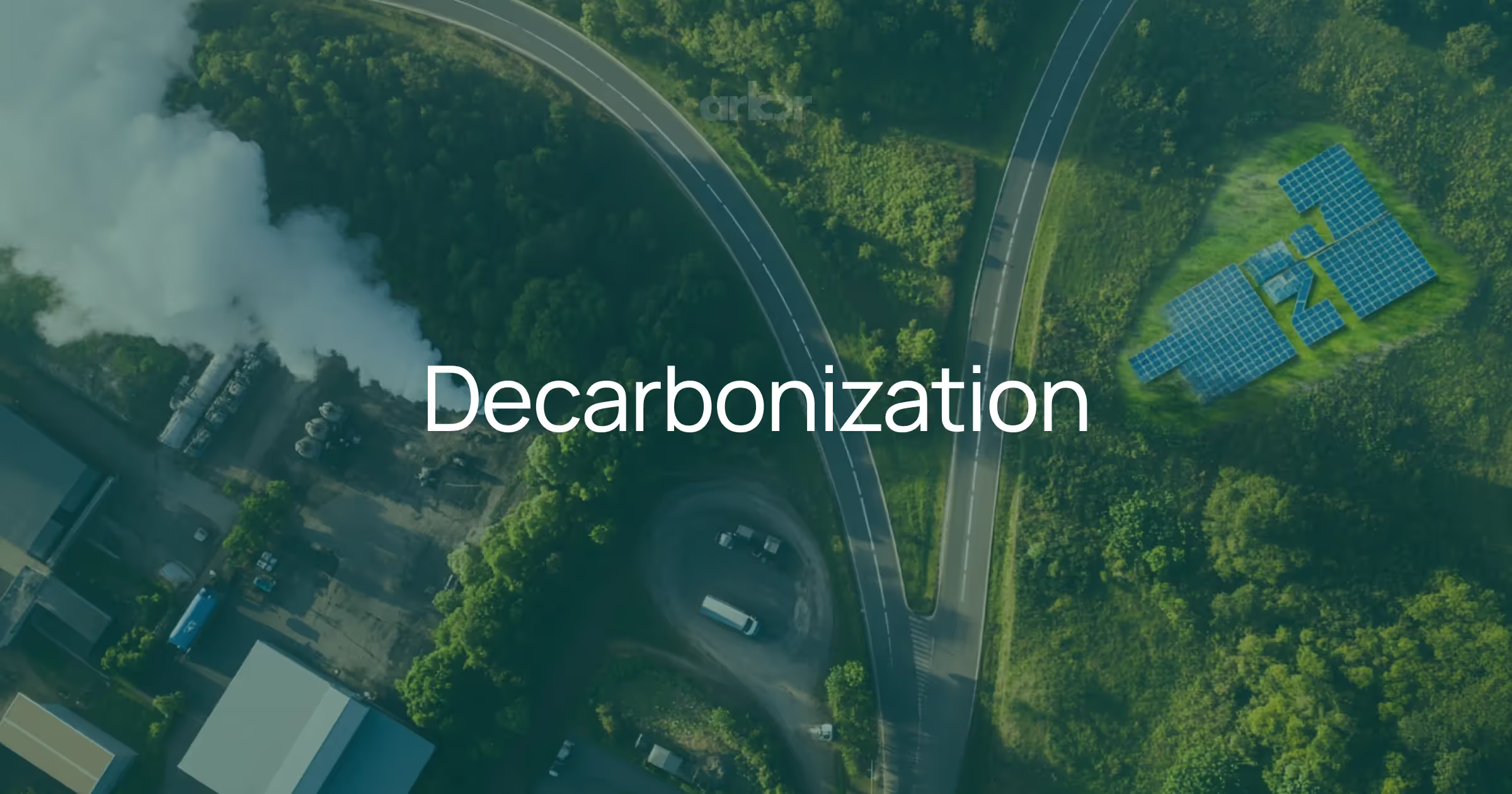
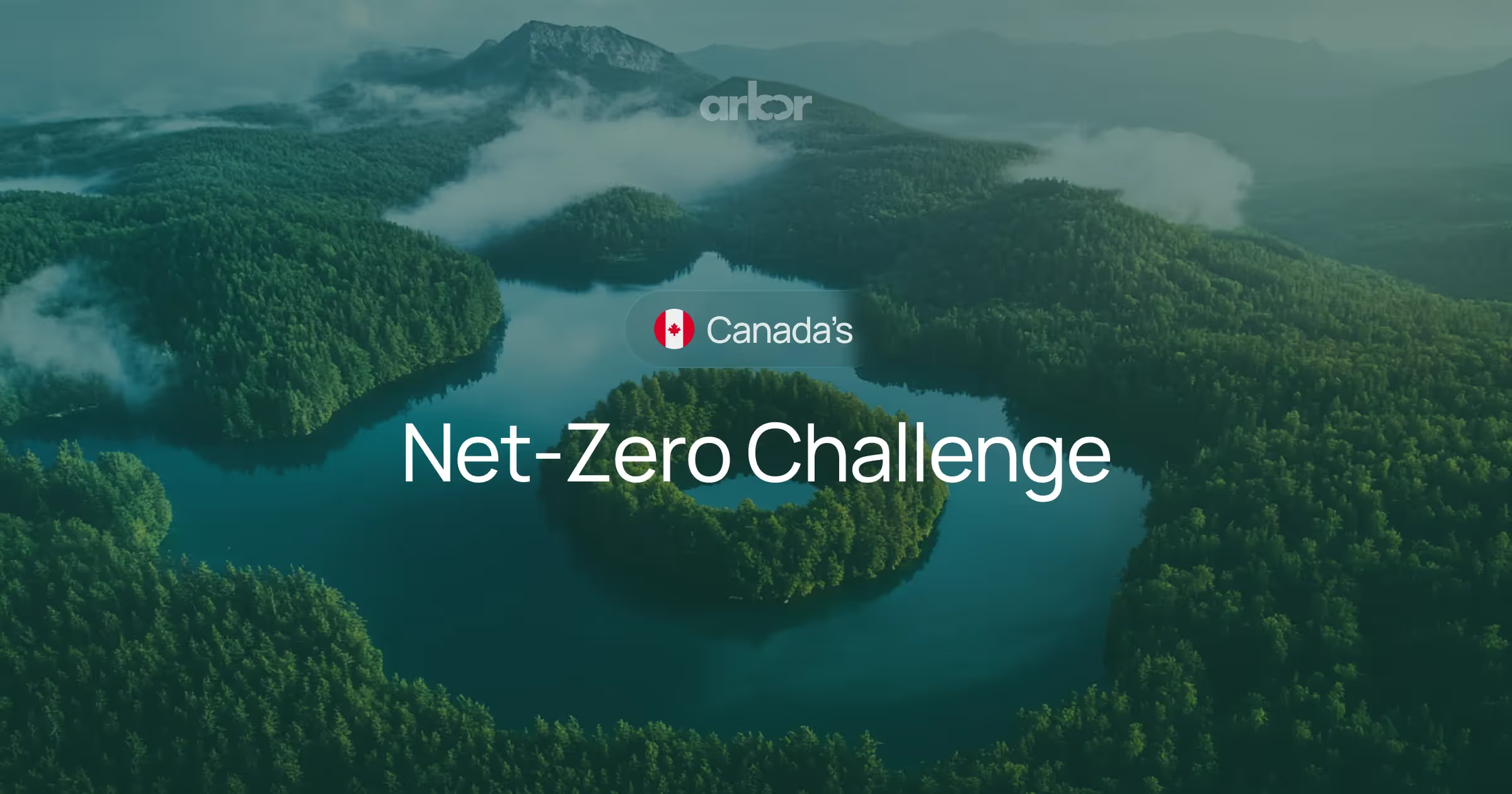
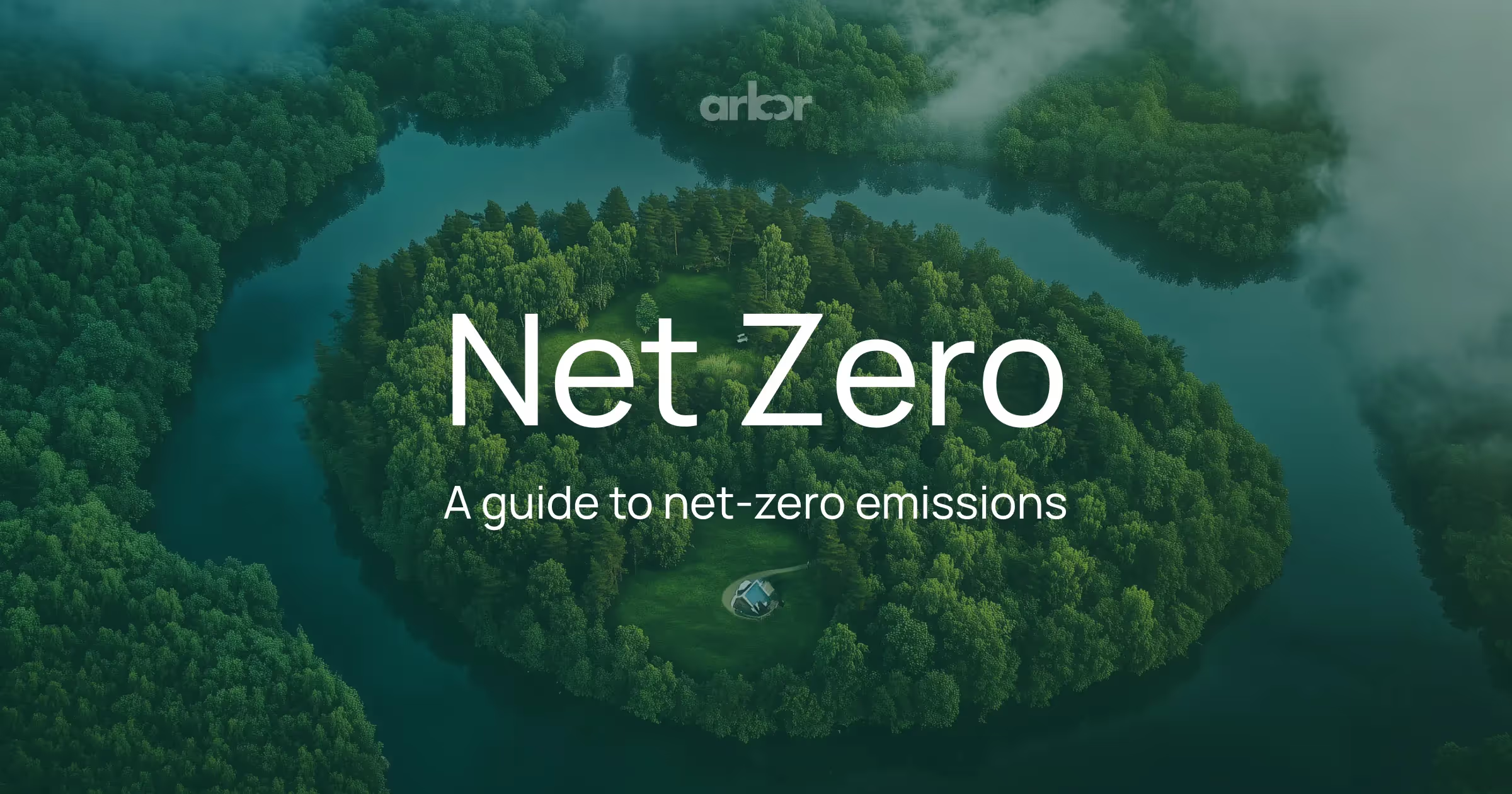
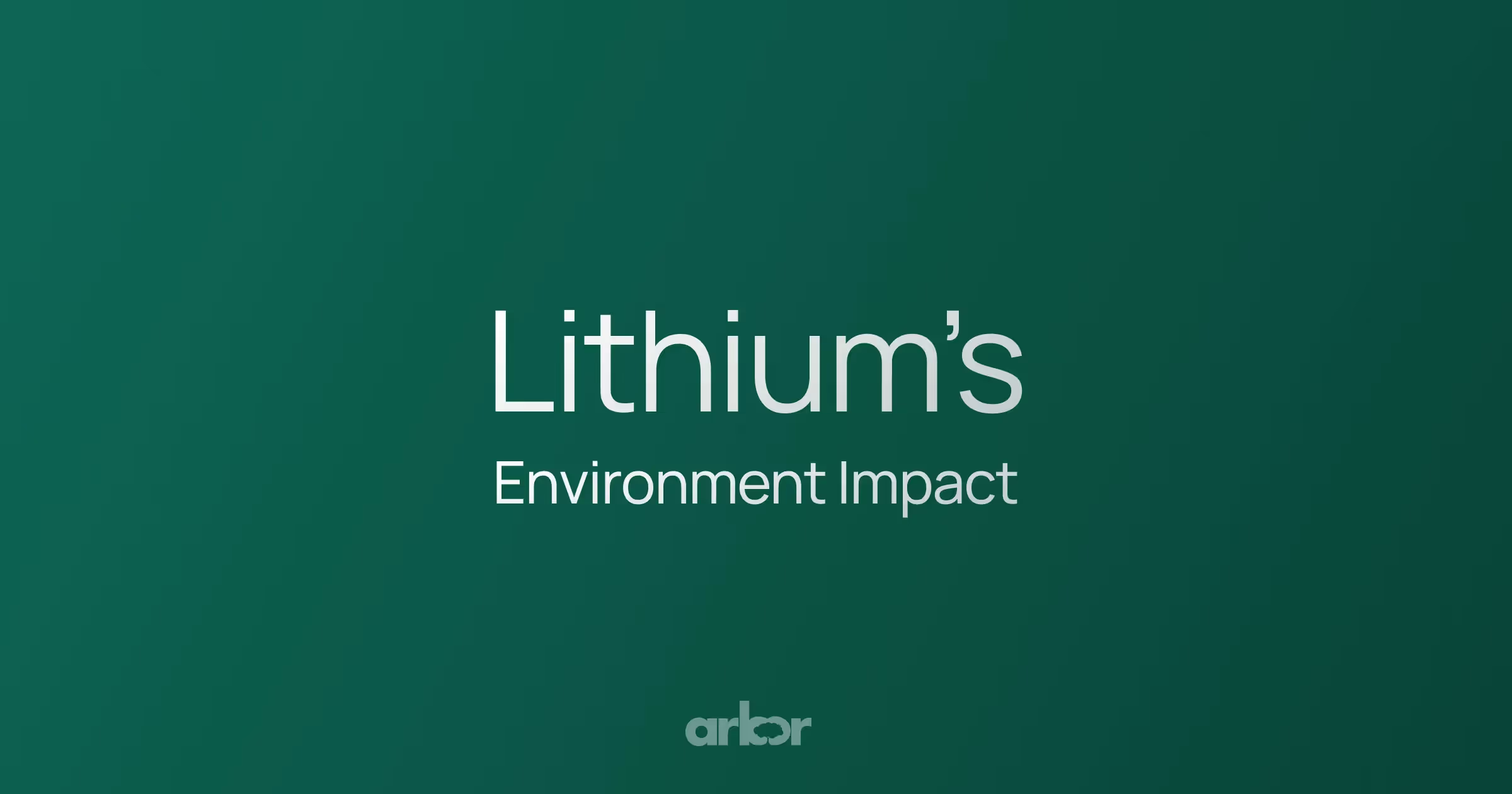
%20Arbor.avif)
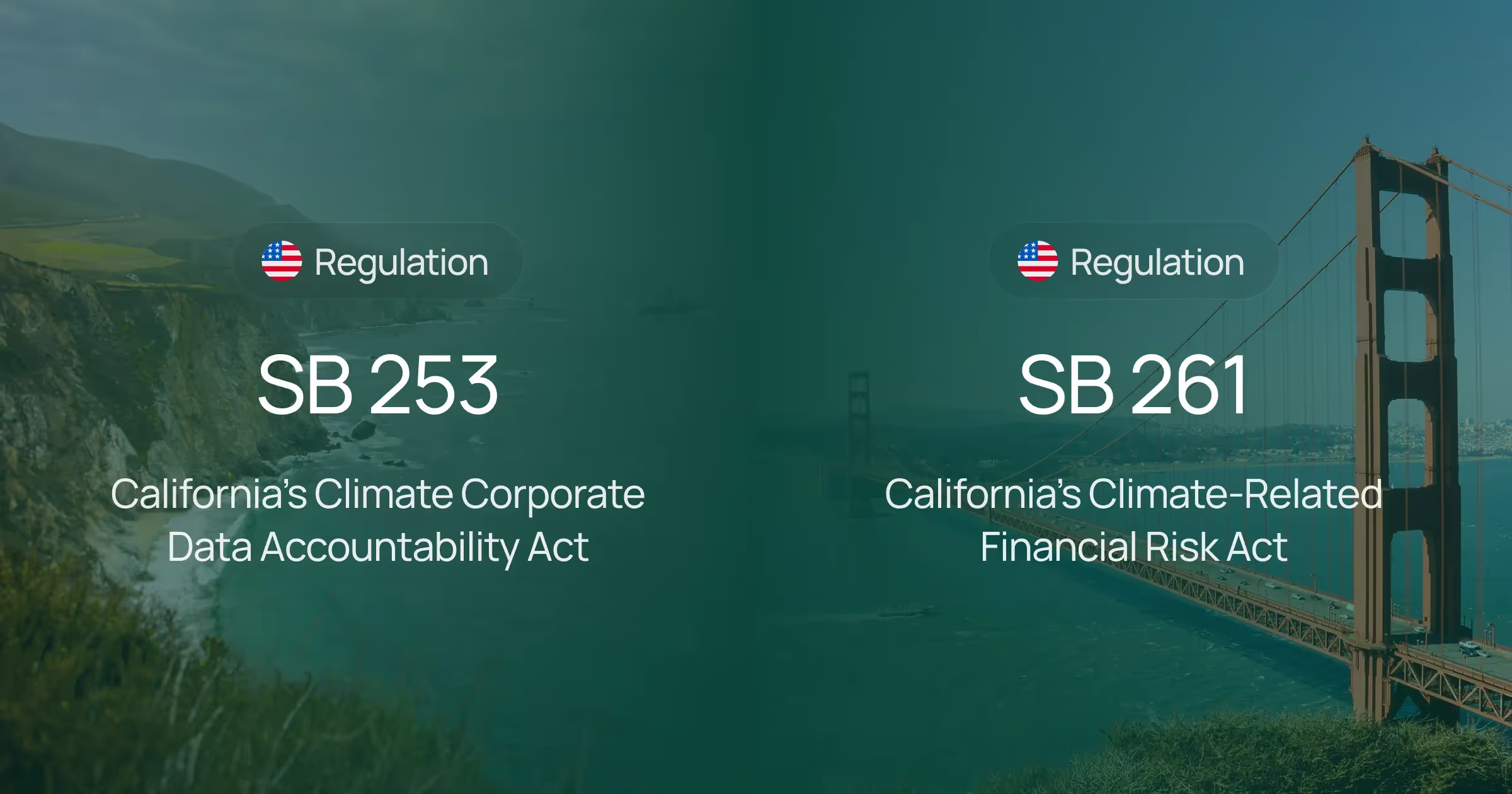
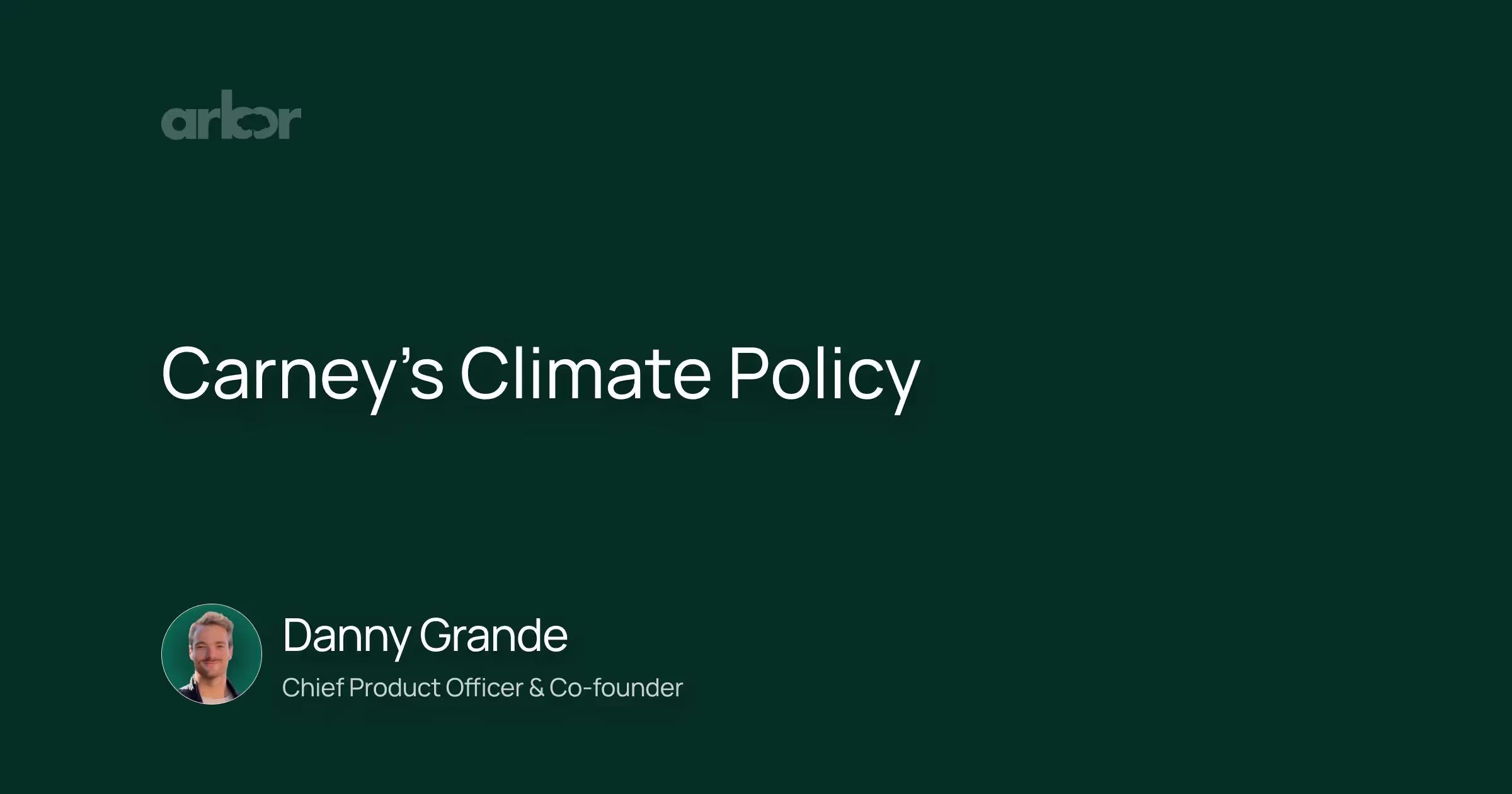
.avif)

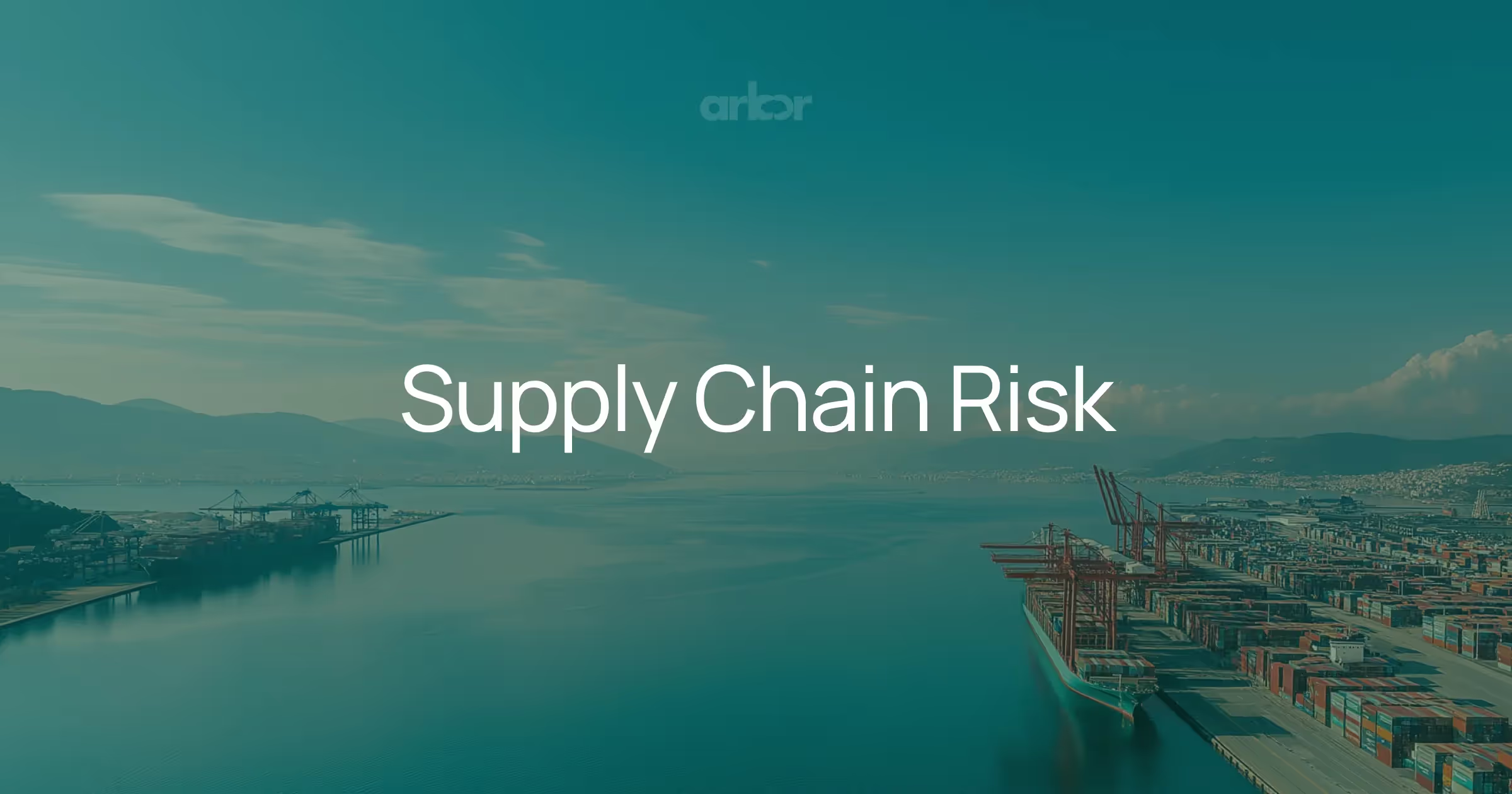
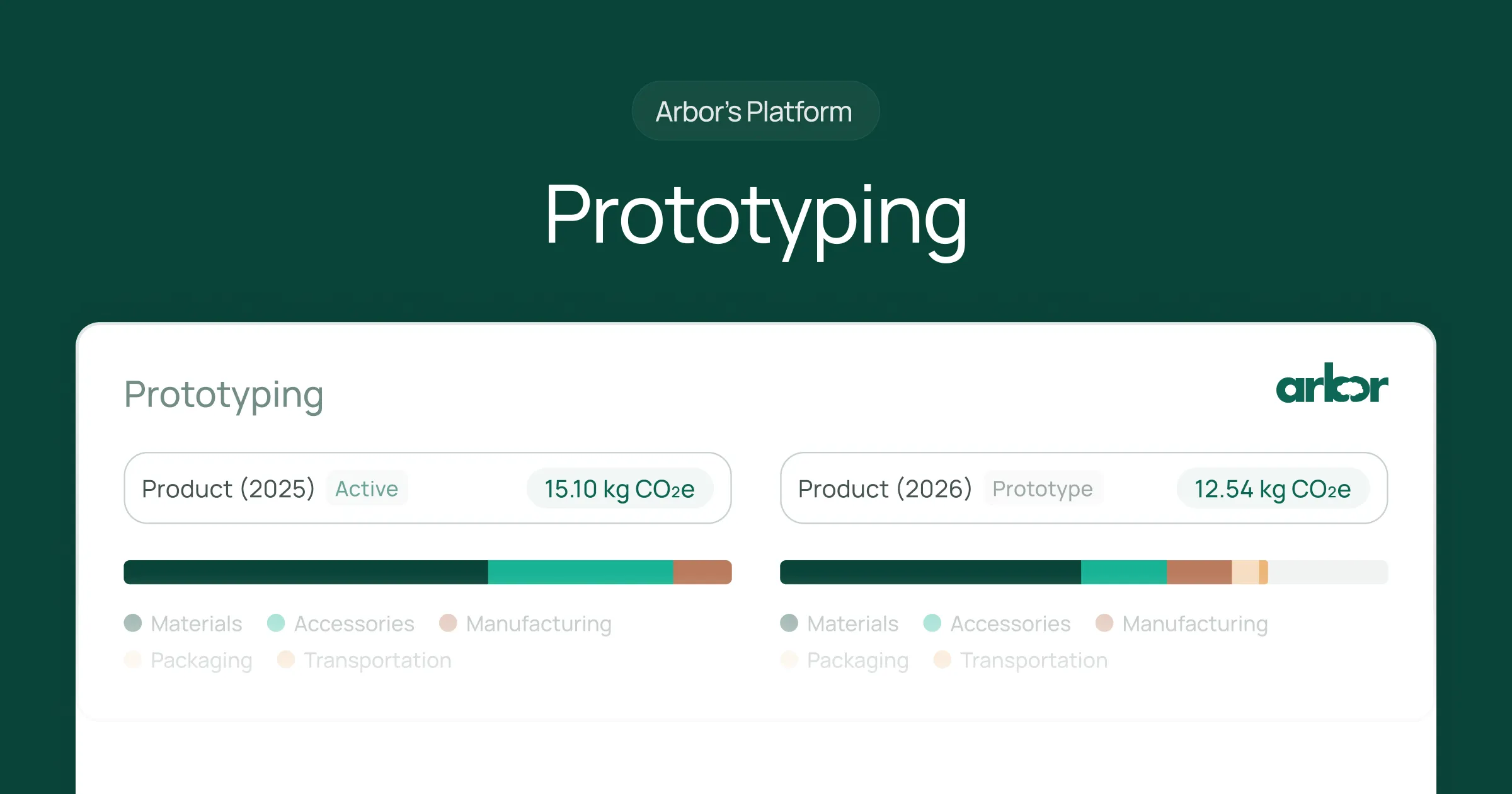
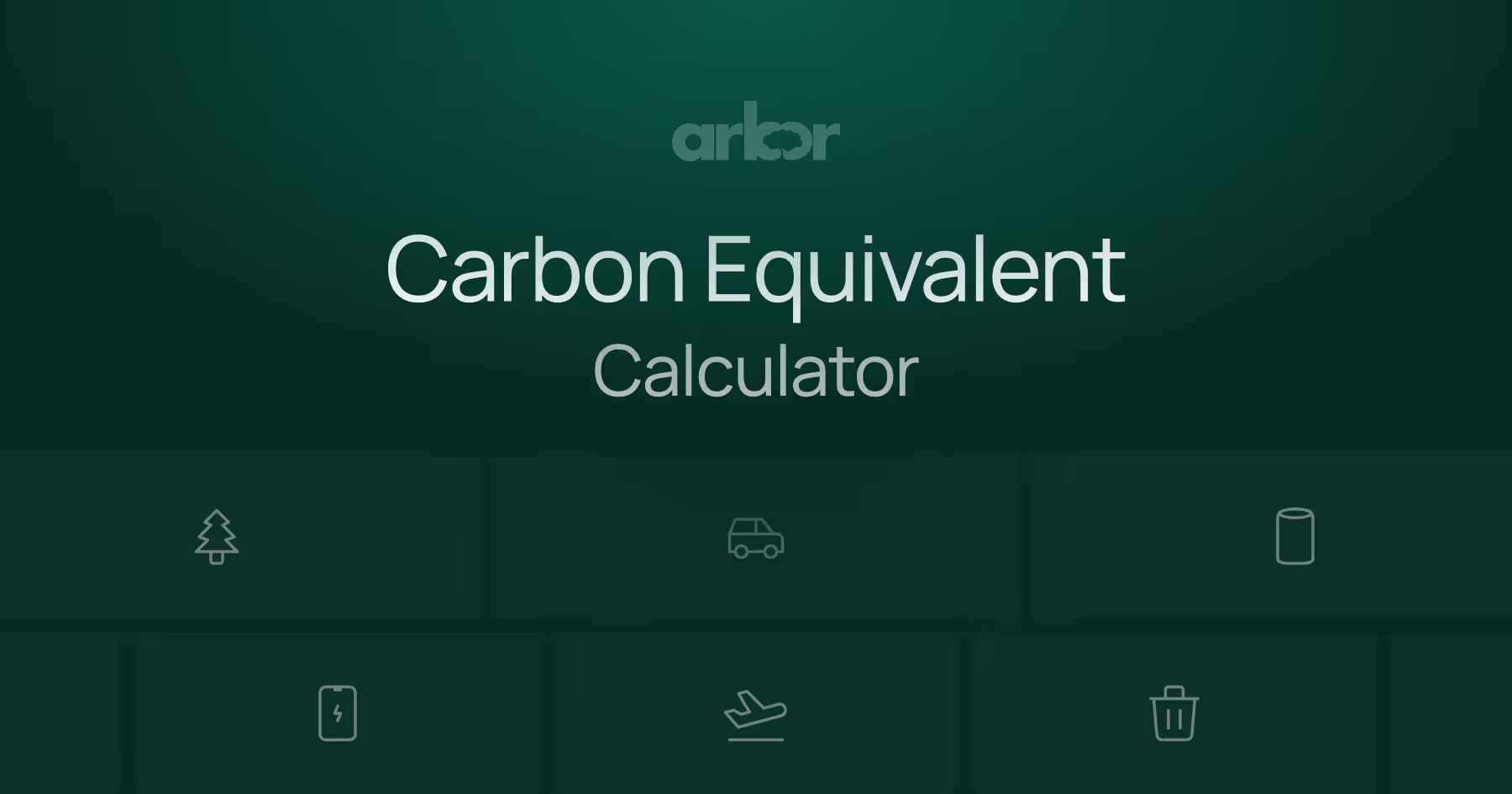
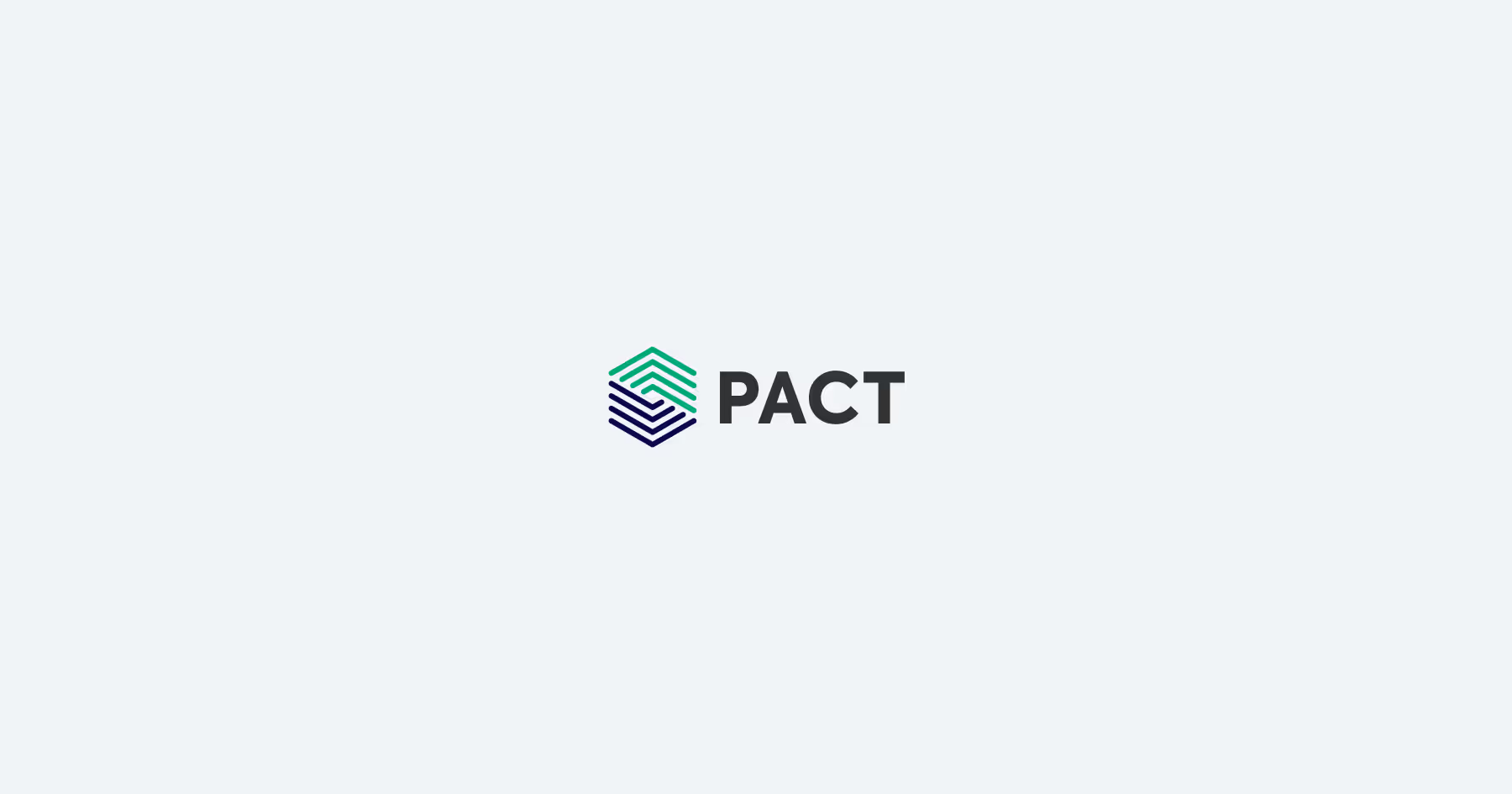
%20Arbor%20Canada.avif)
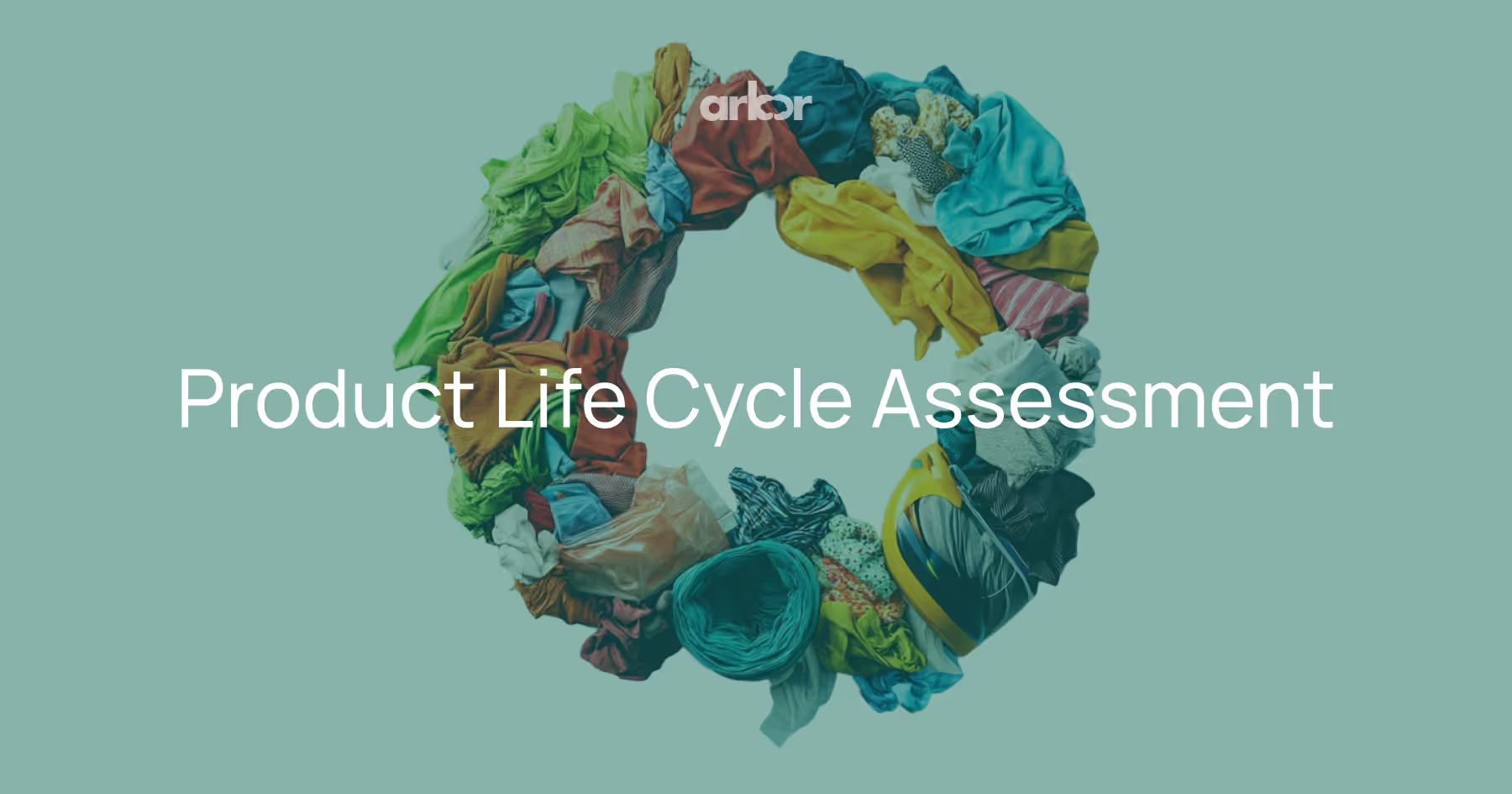
.avif)
%20Arbor.avif)
.avif)
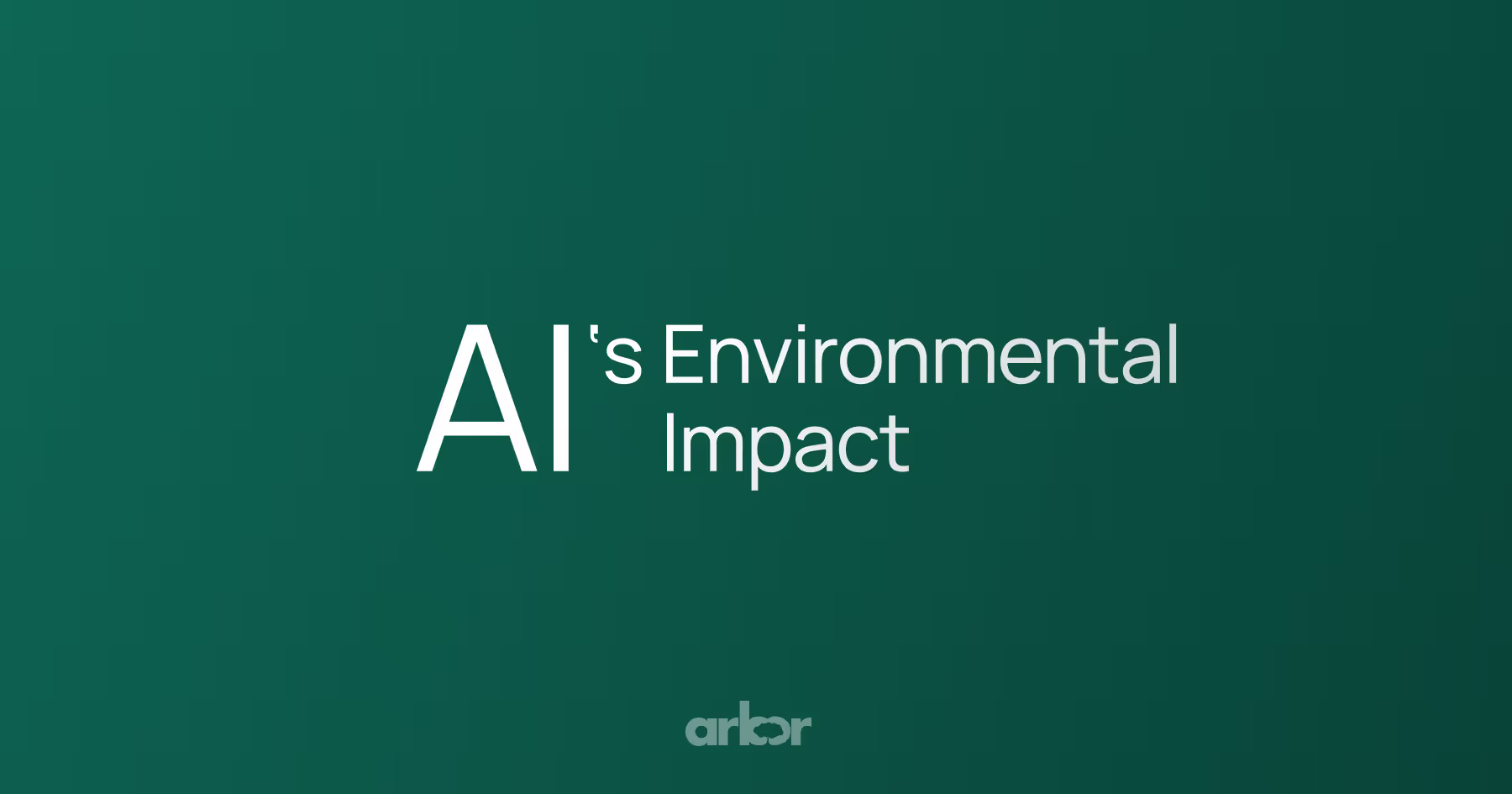

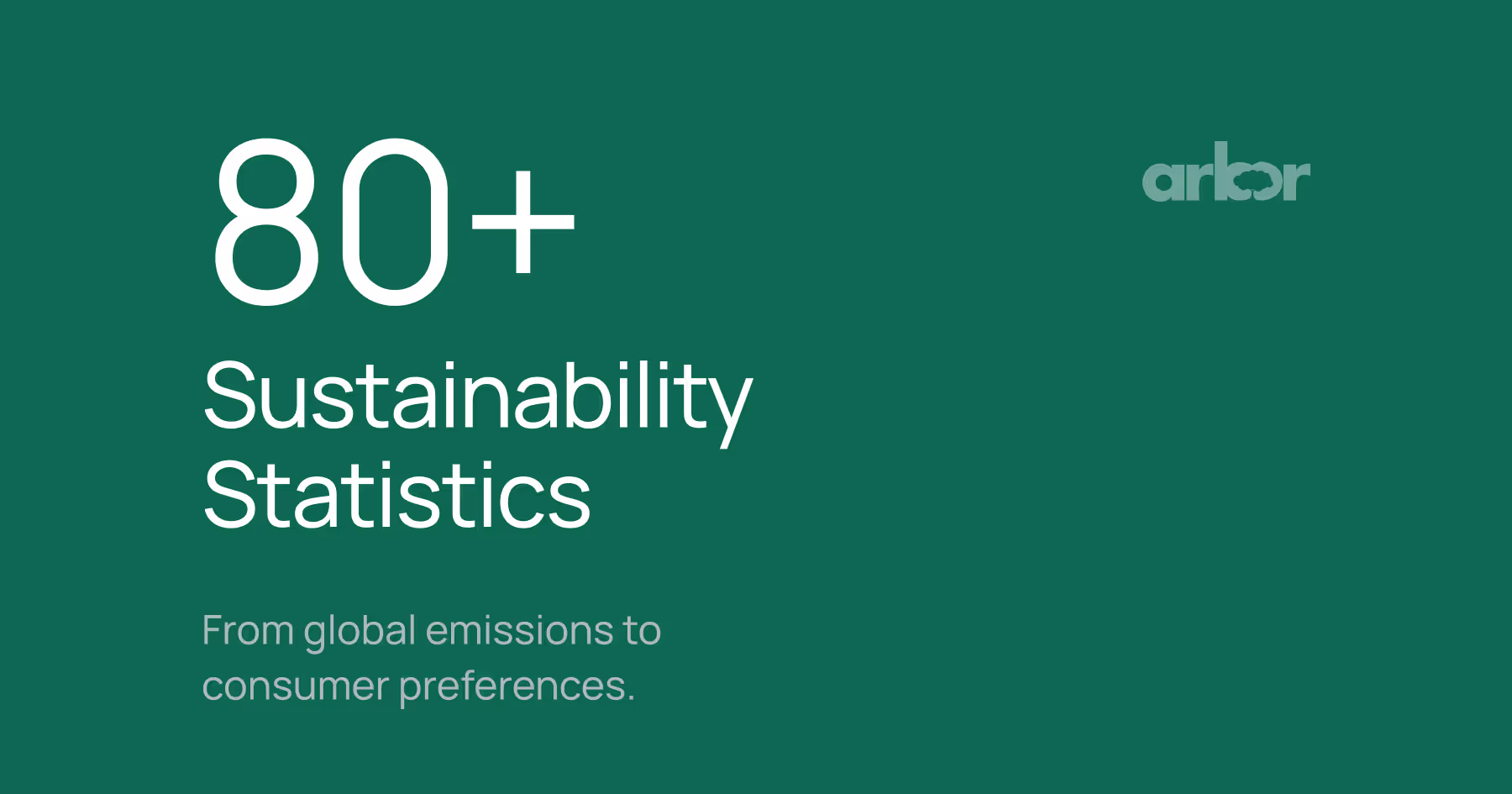

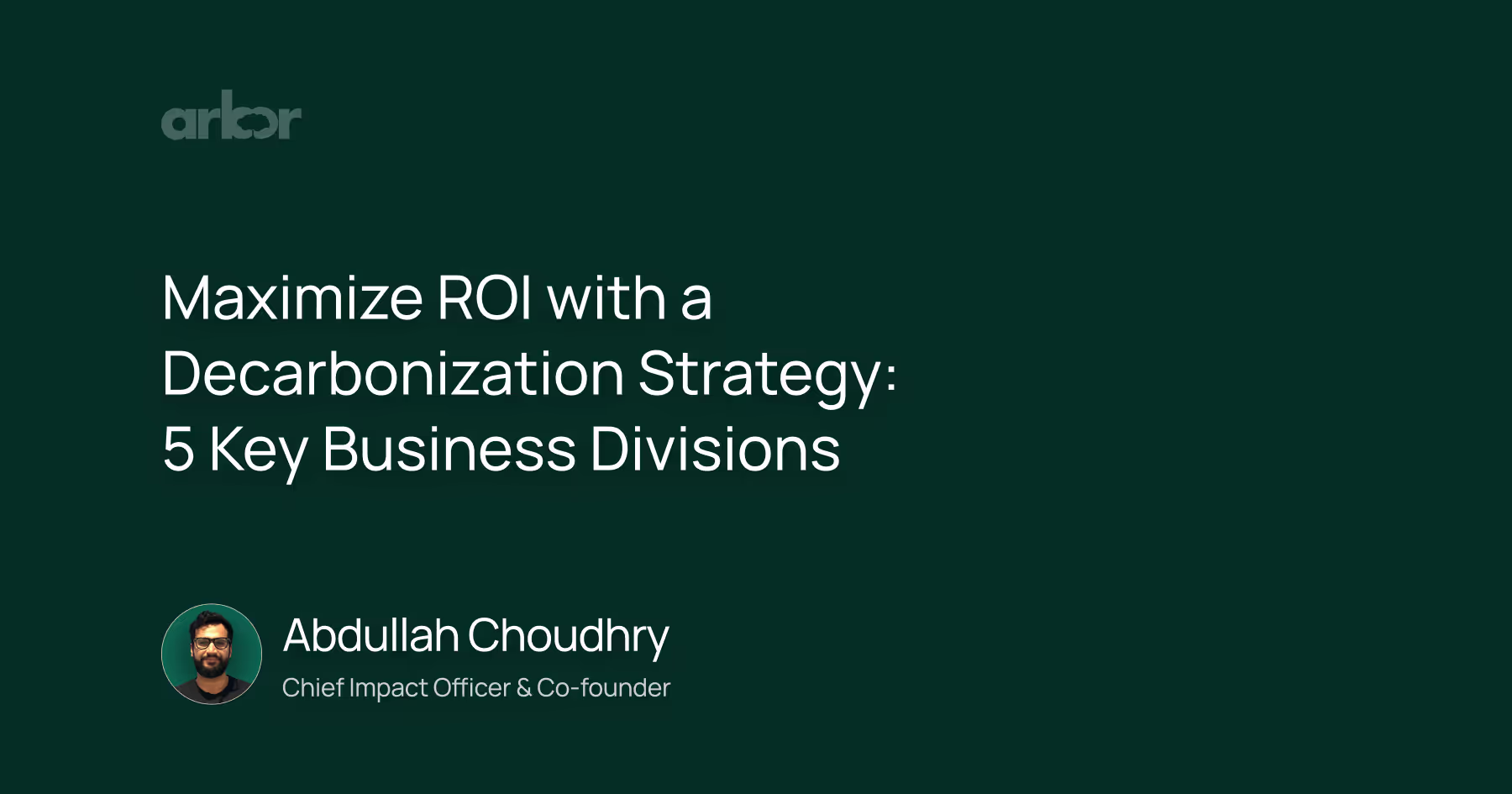

_.avif)
.avif)
%20Arbor.avif)




%20Software%20and%20Tools.avif)





.avif)
.avif)
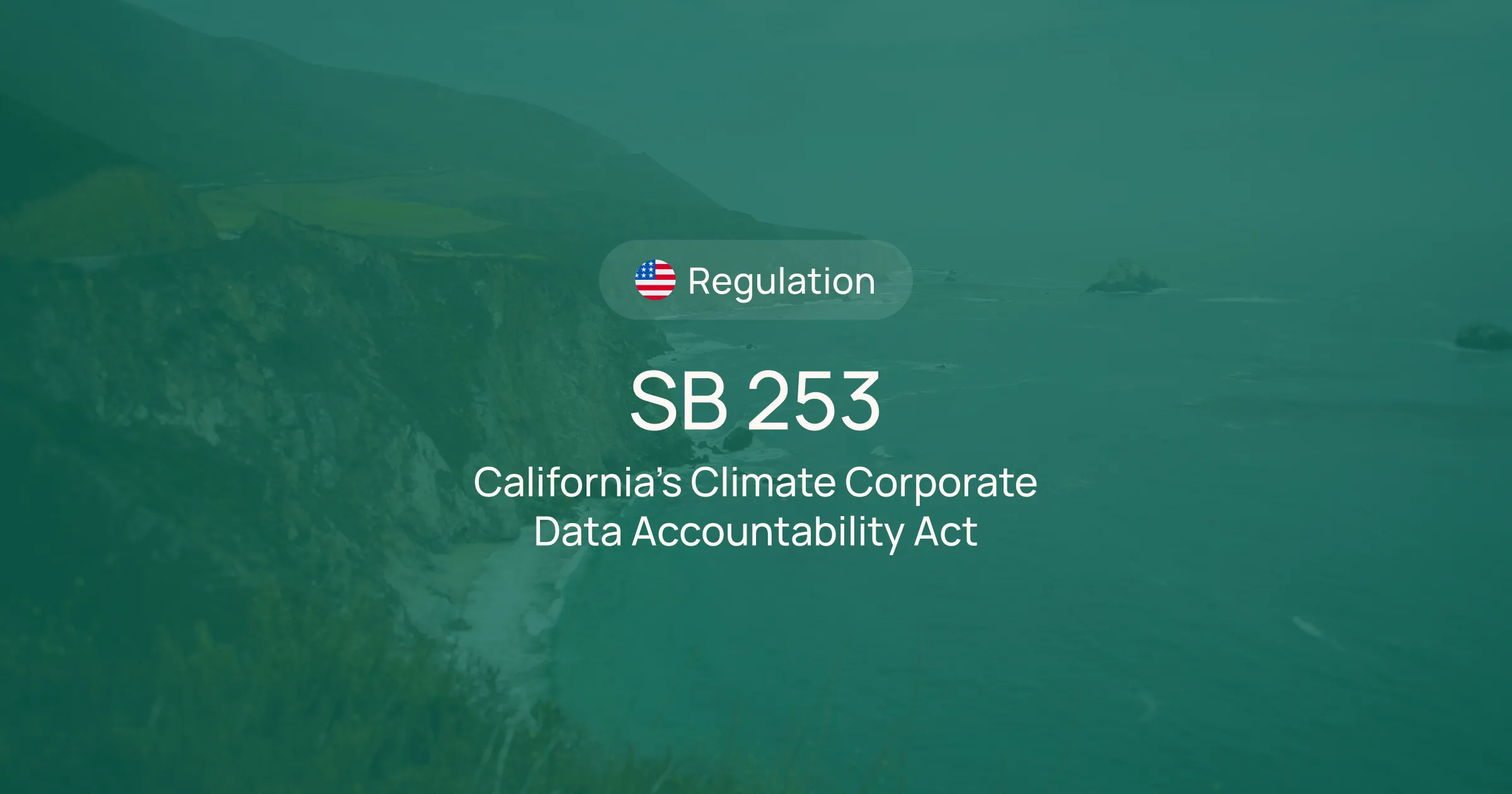



%20EU%20Regulation.avif)







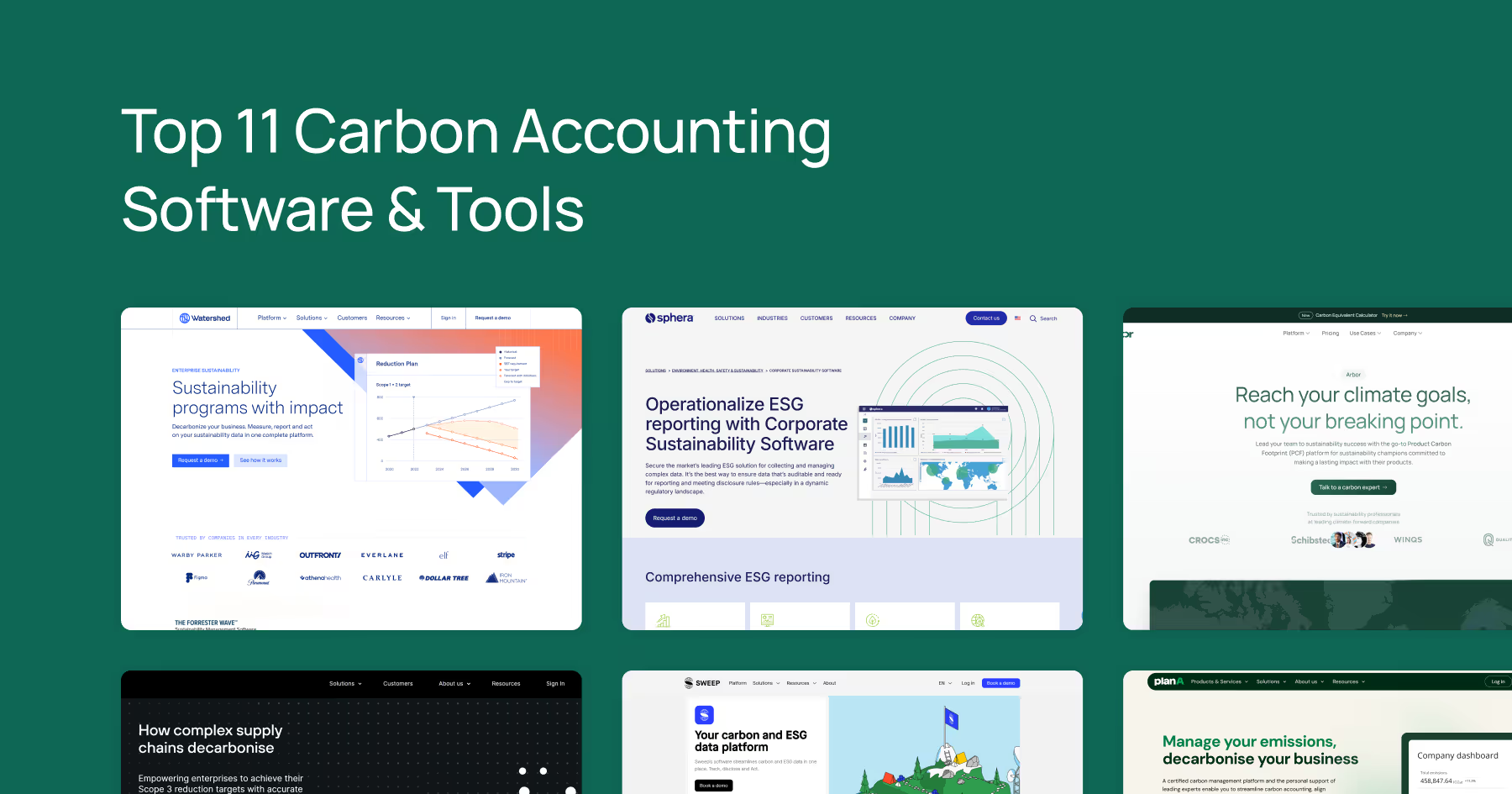




.avif)


%20Arbor.avif)









_%20_%20Carbon%20101.avif)







.avif)

.avif)
.avif)









